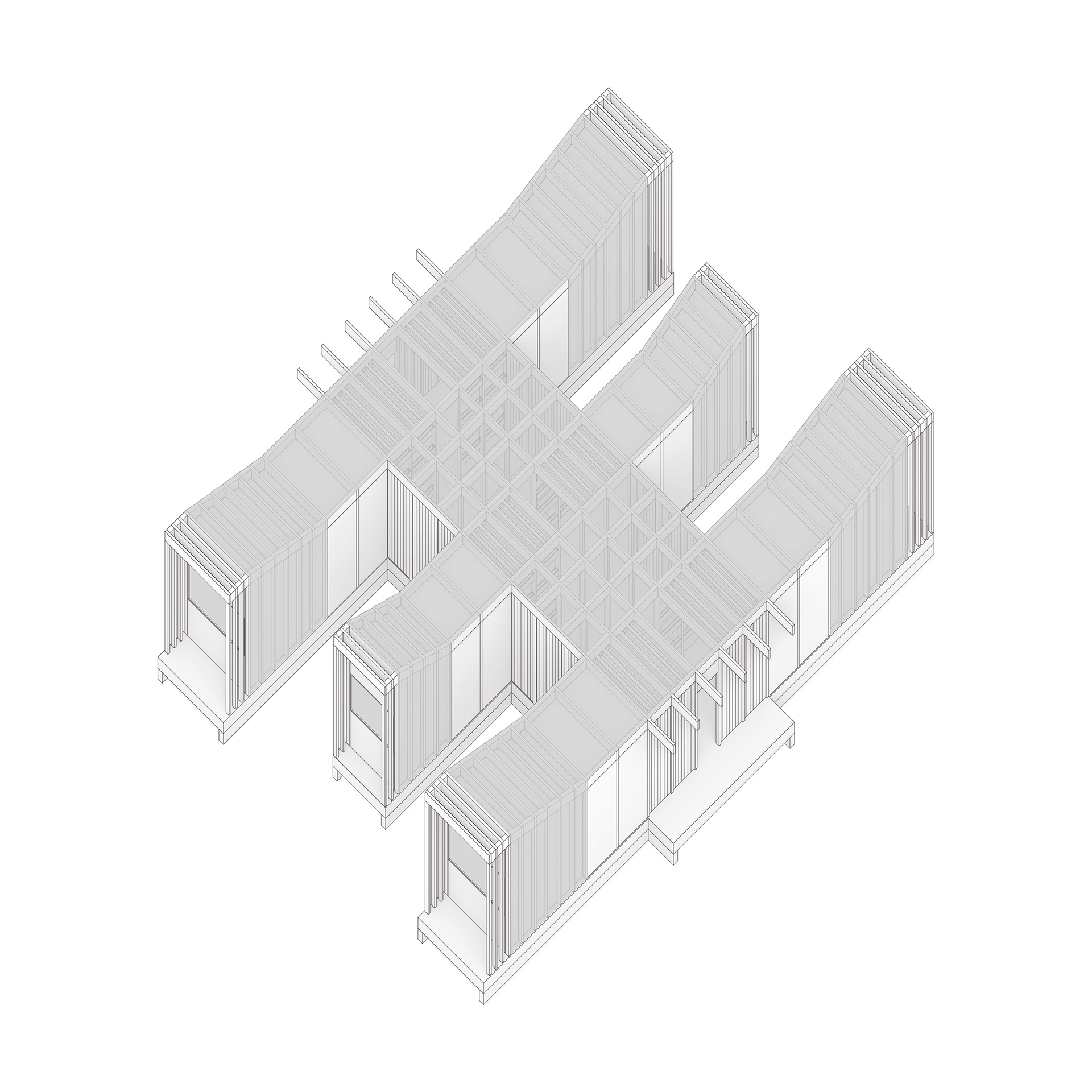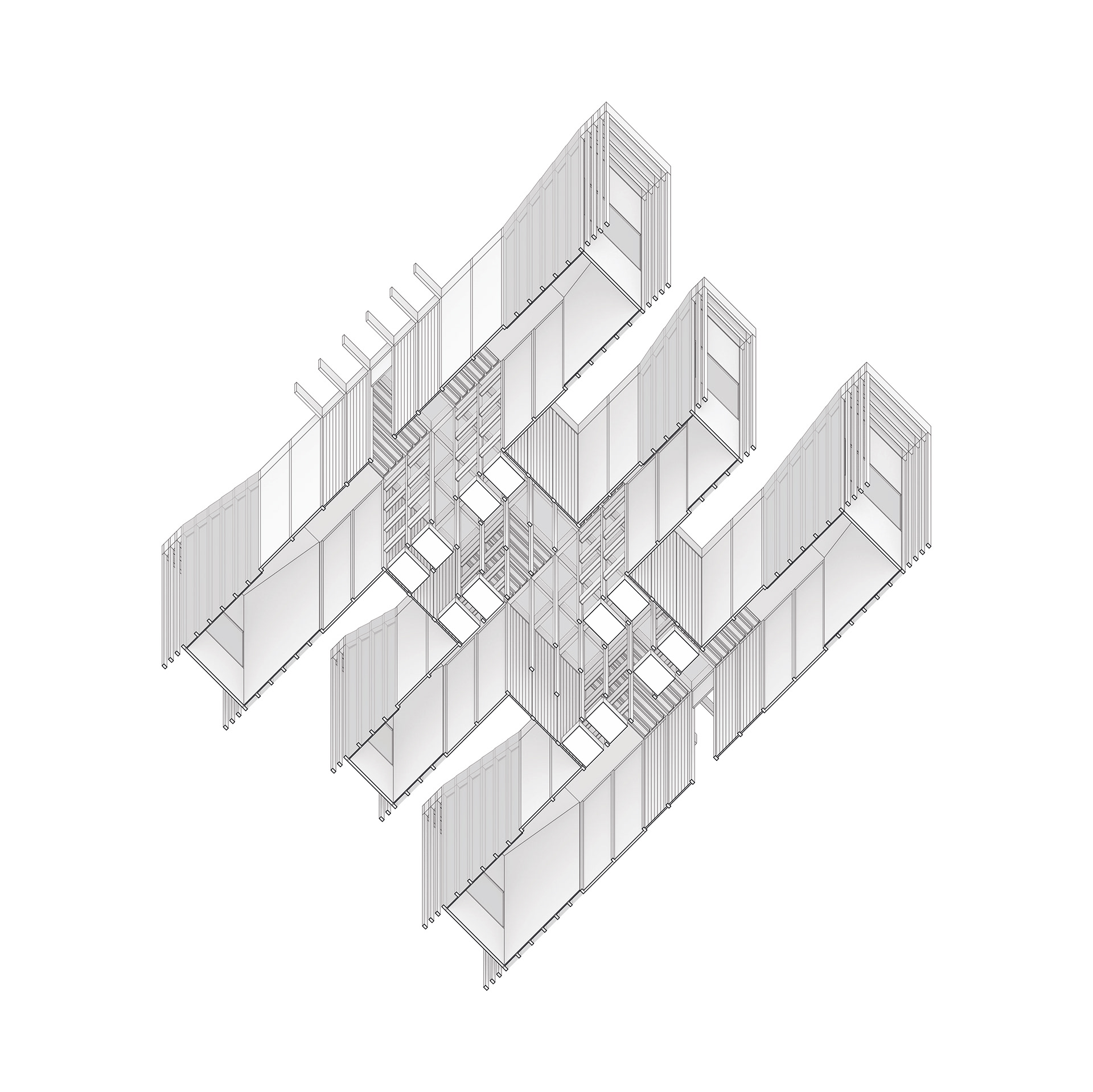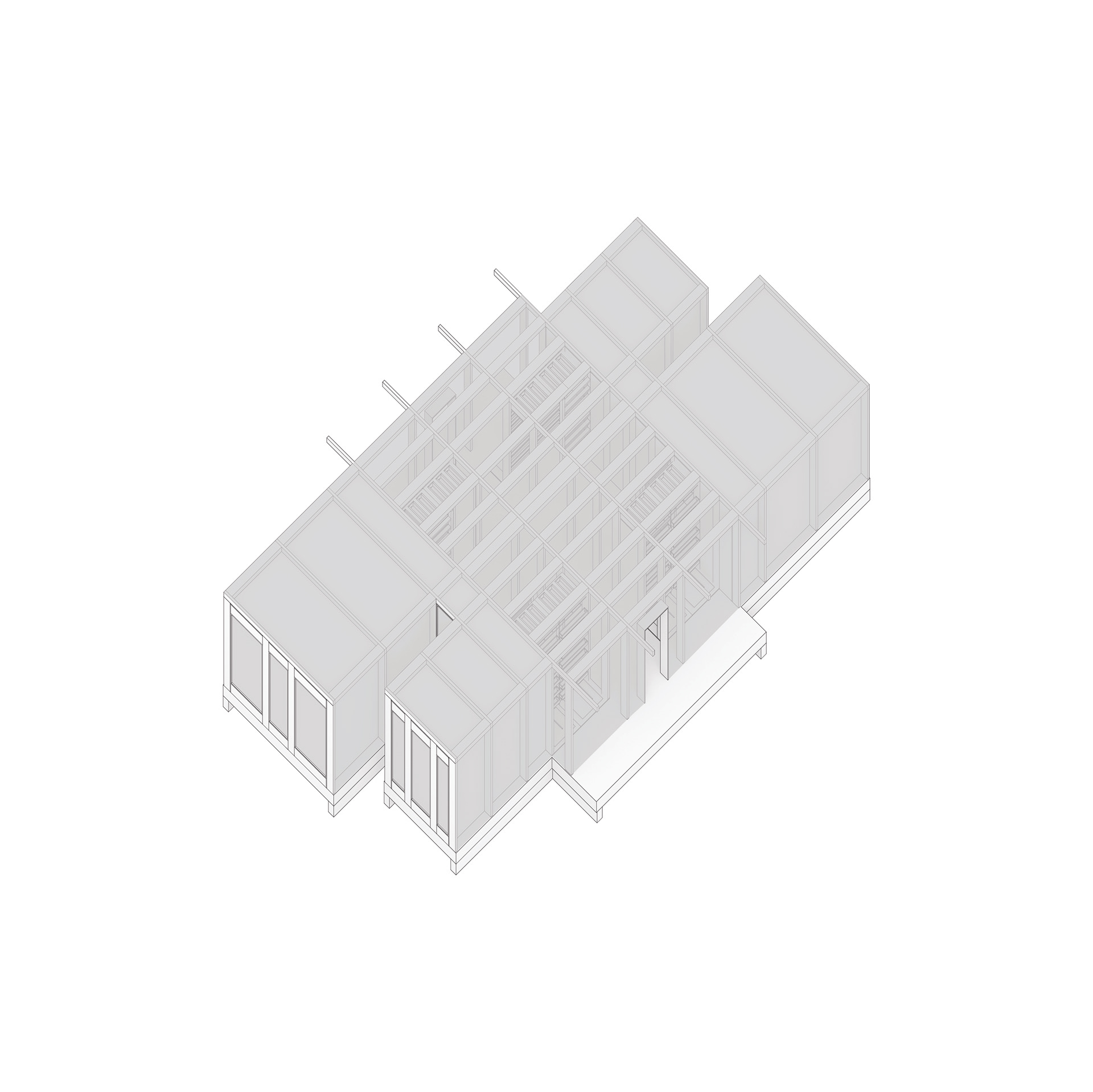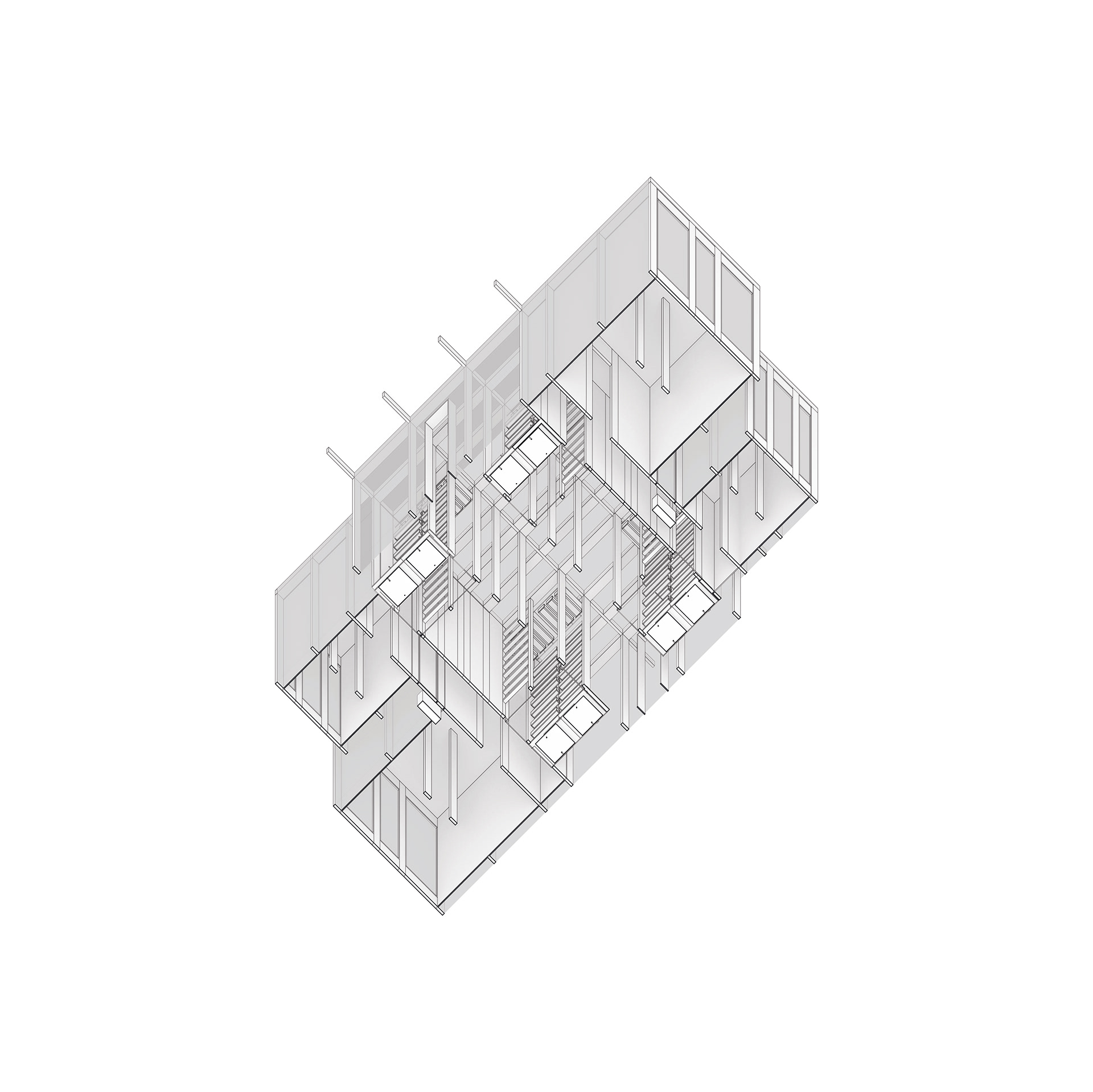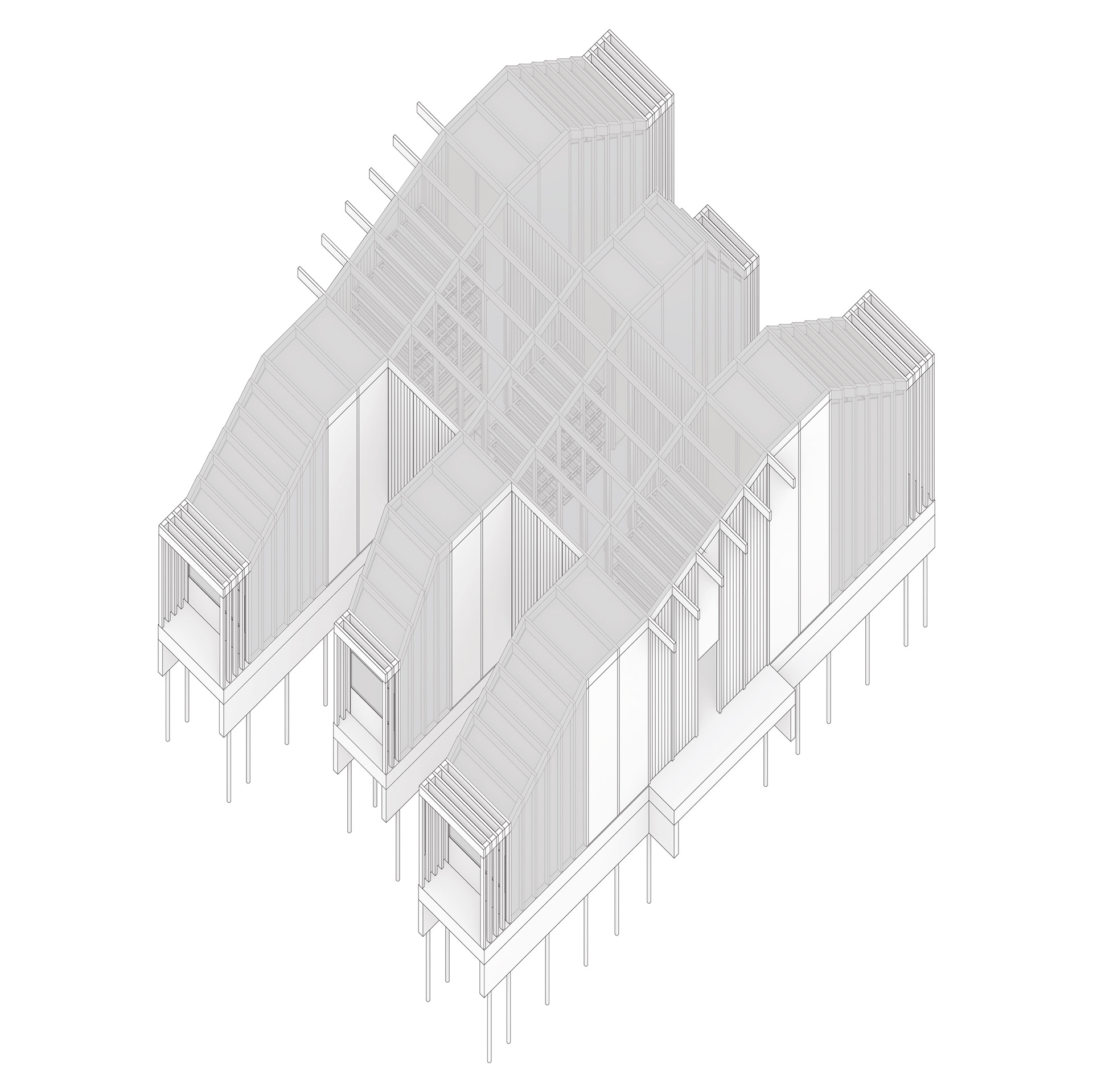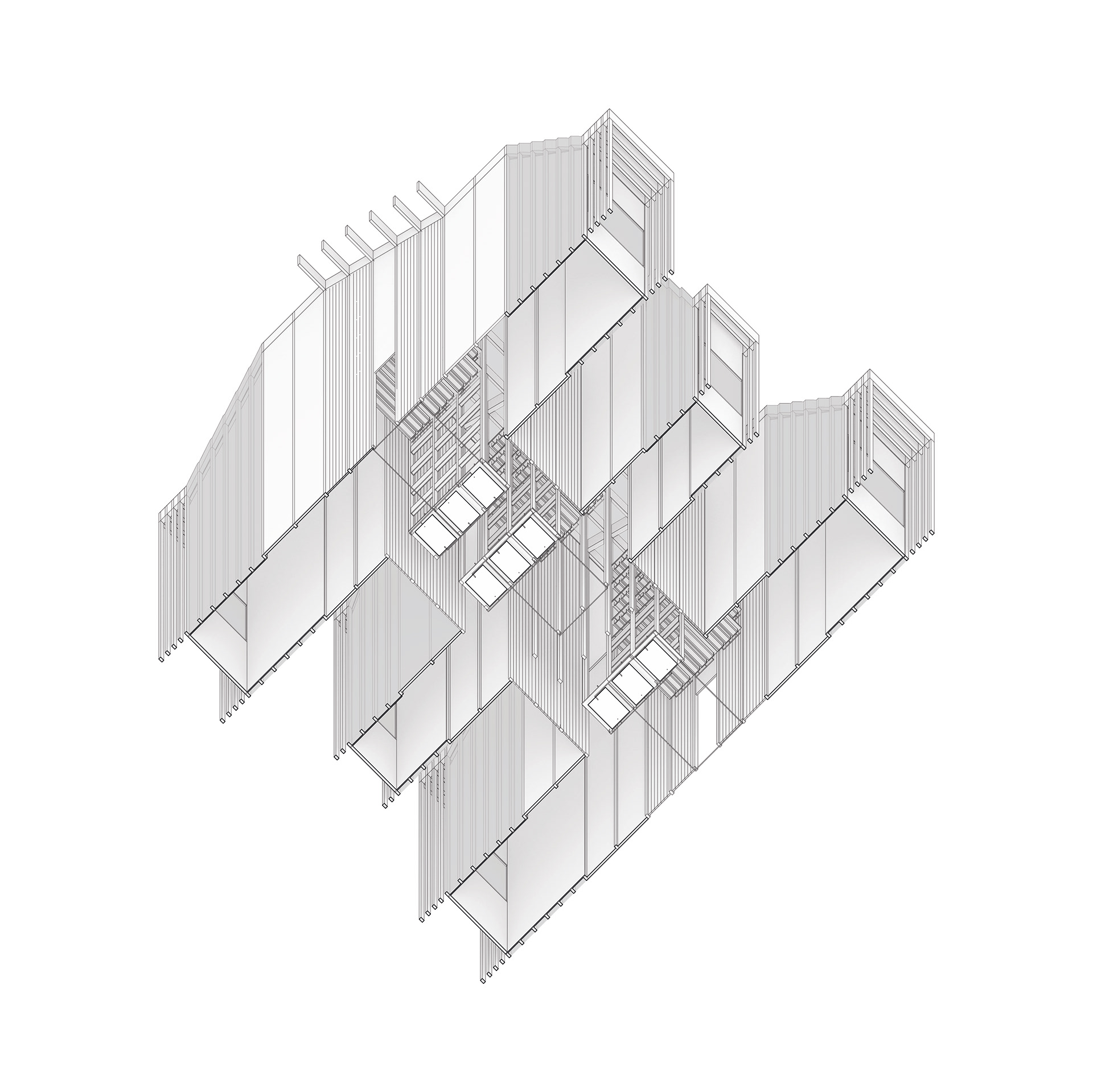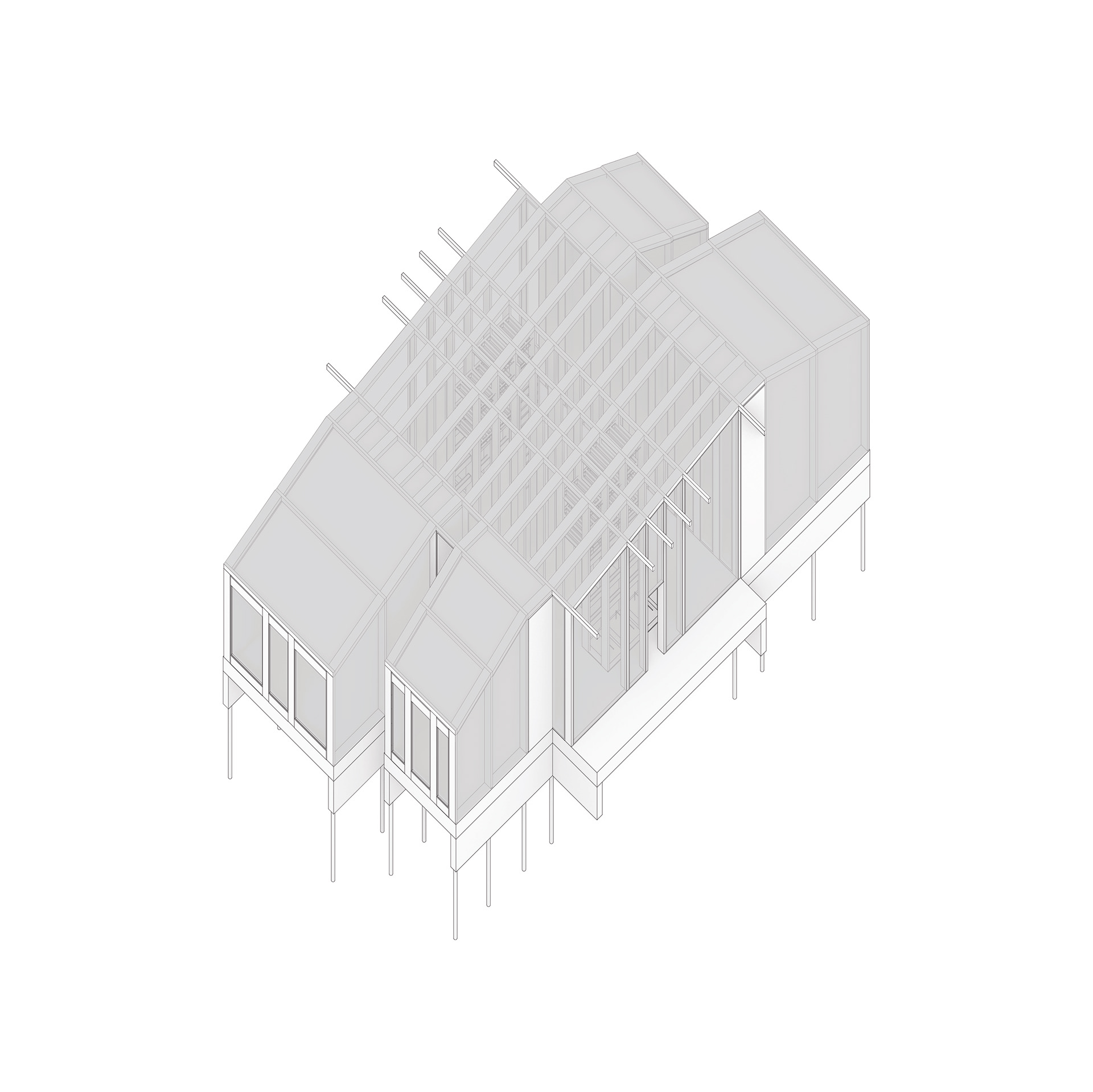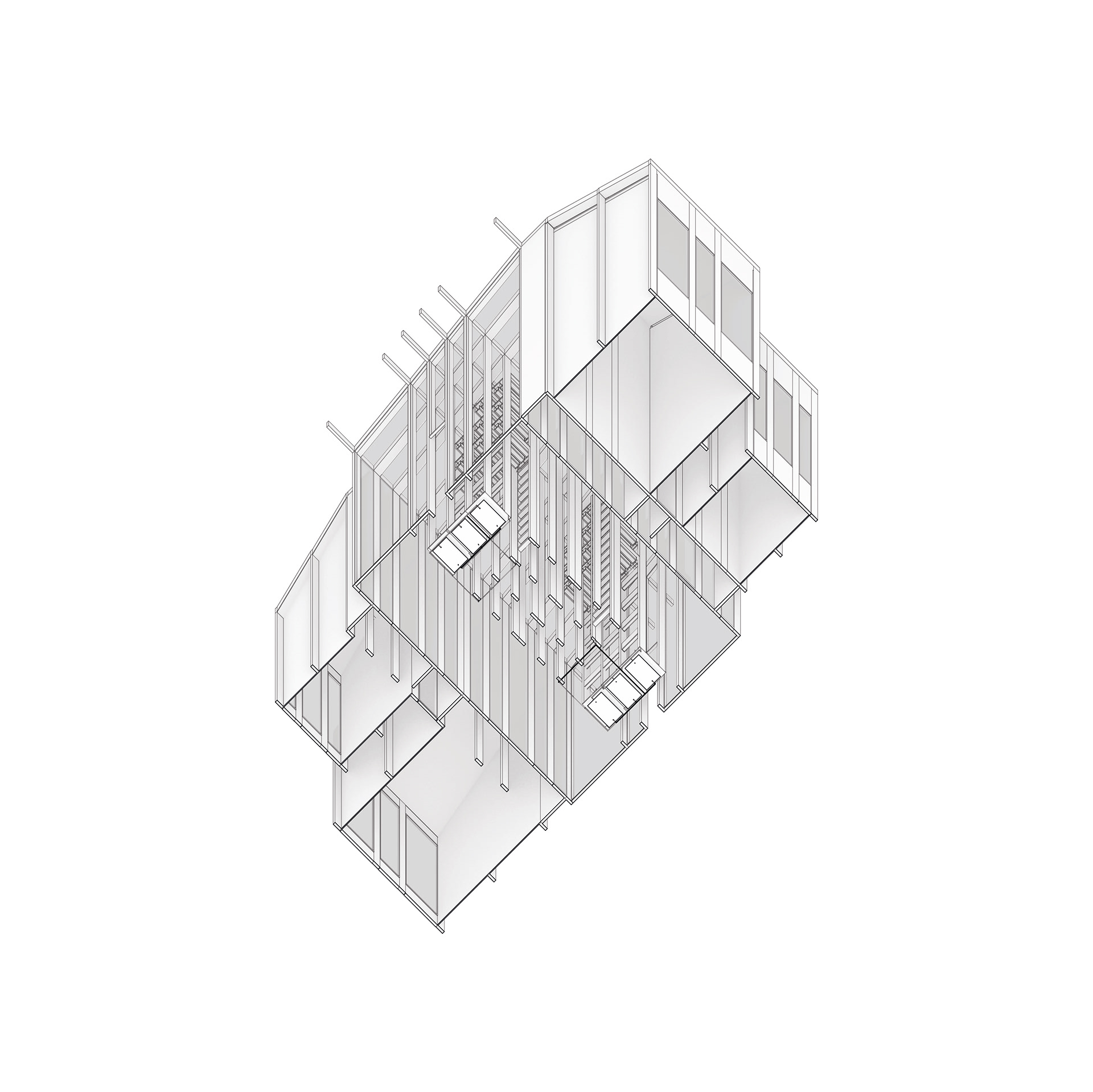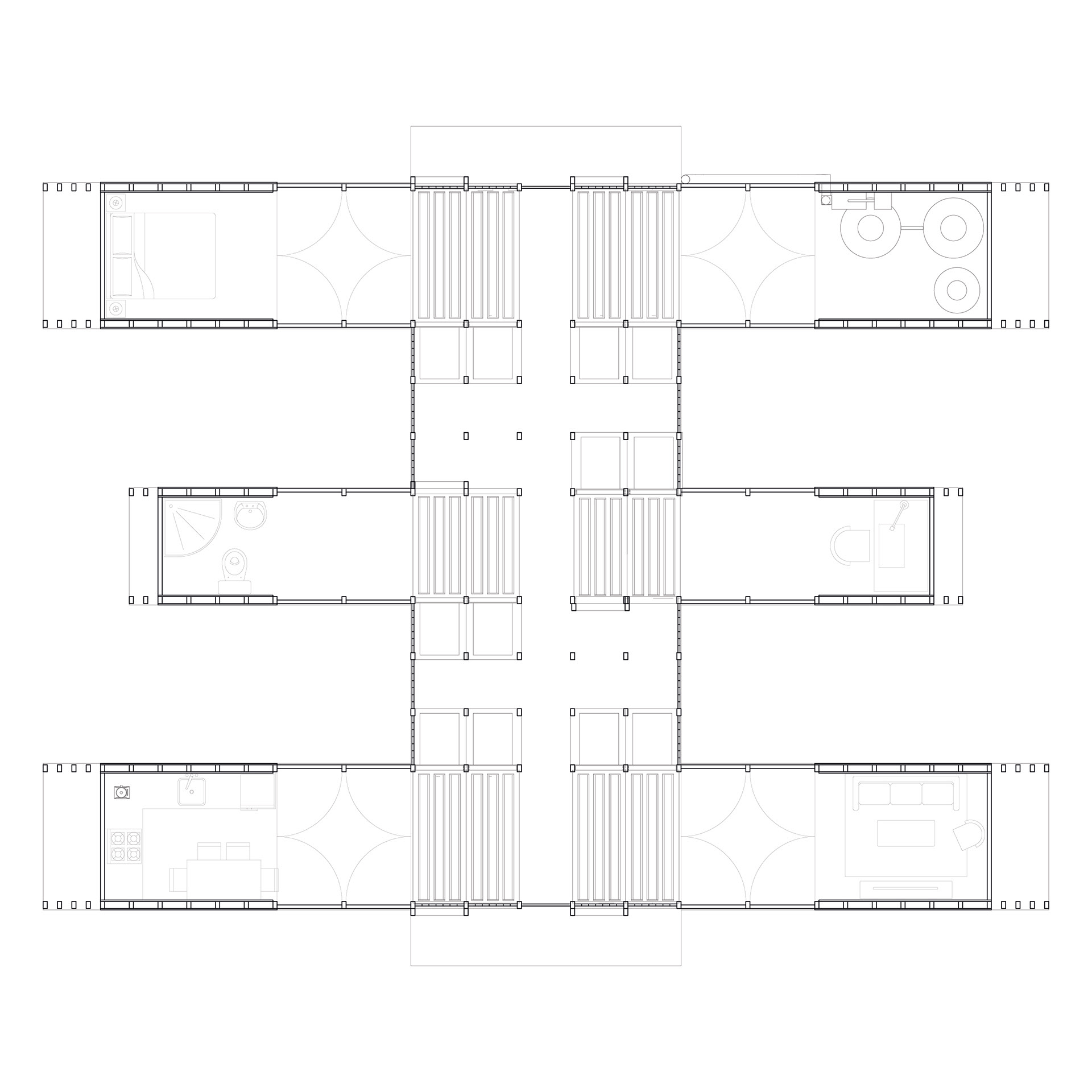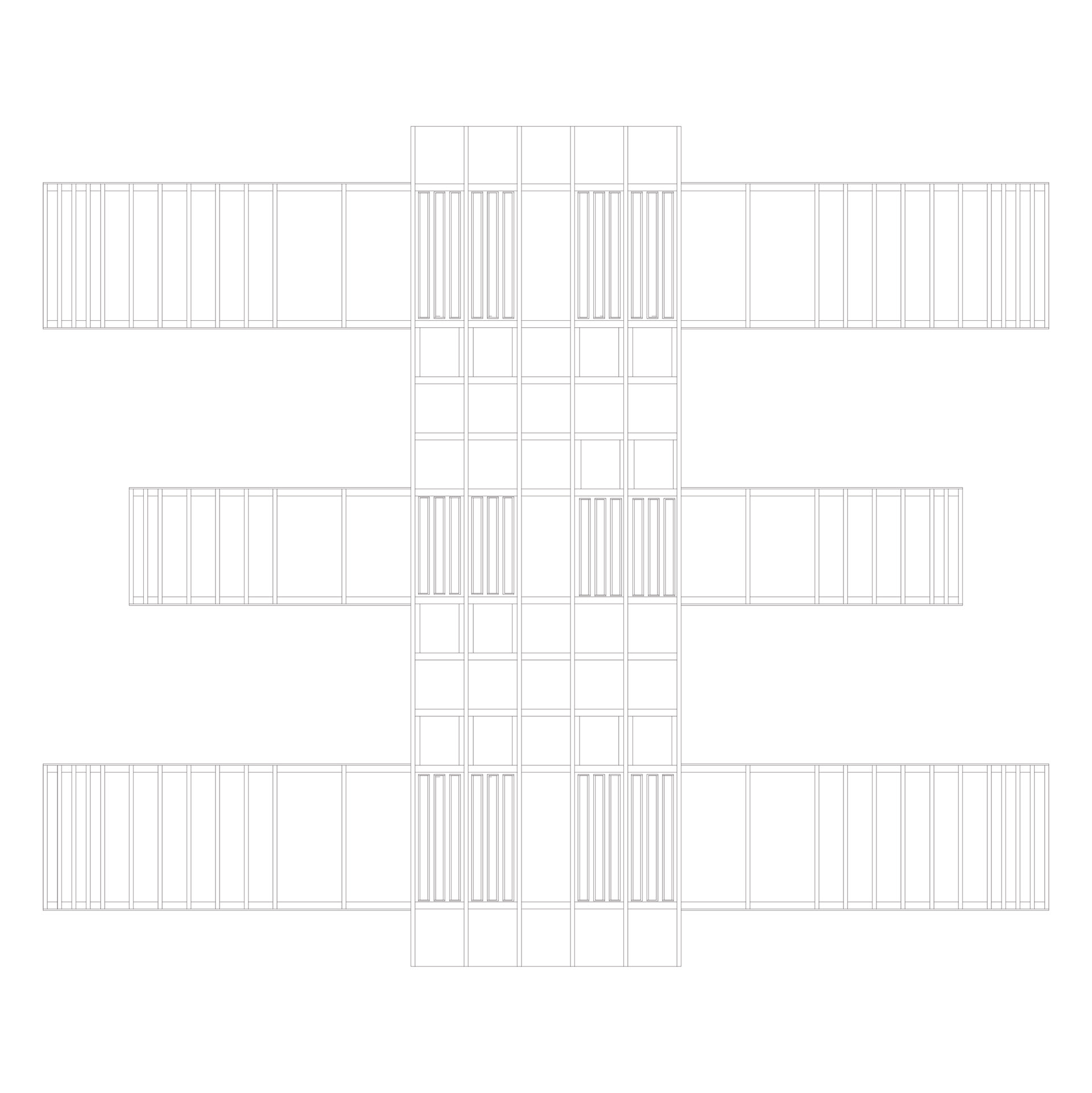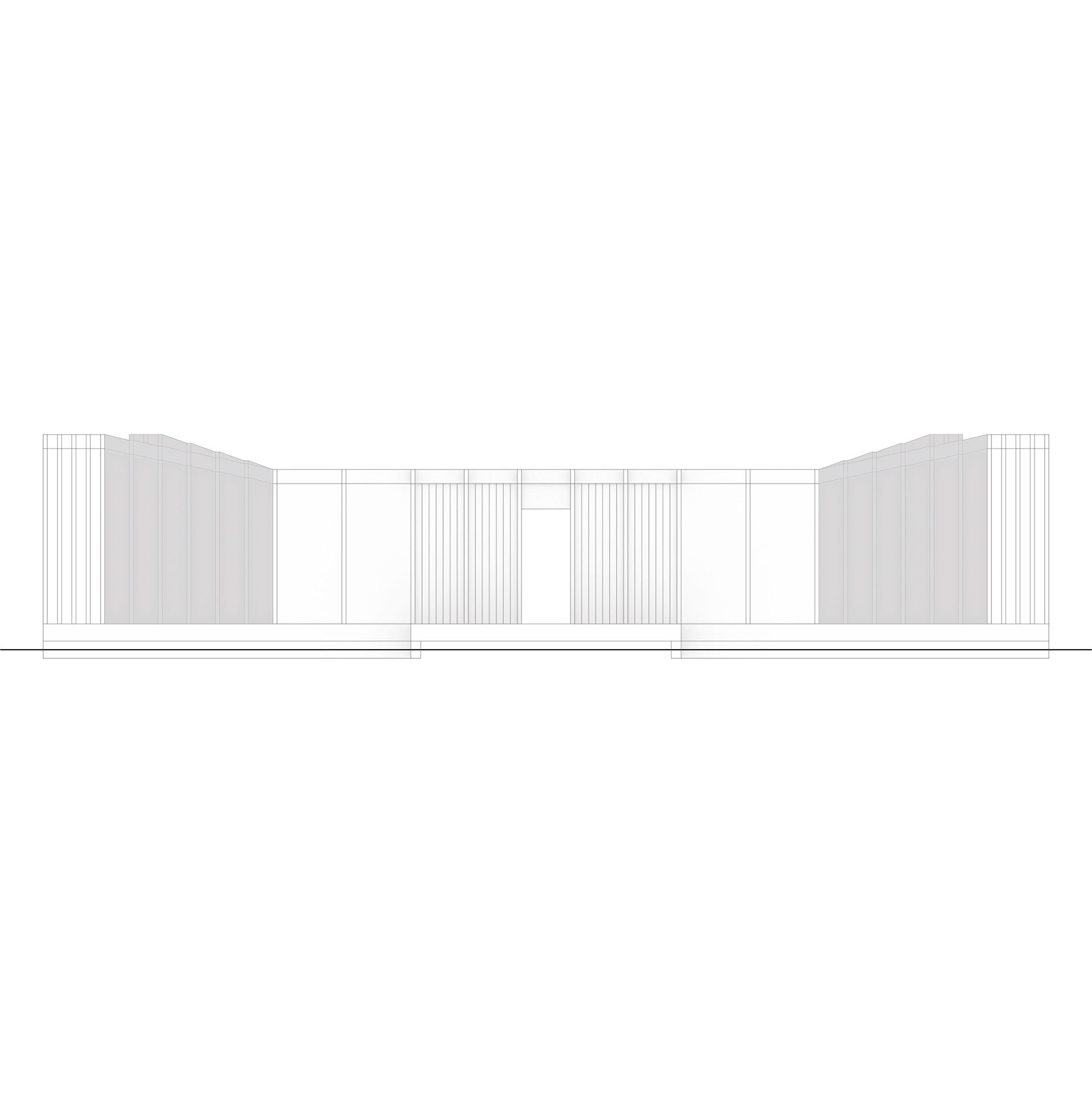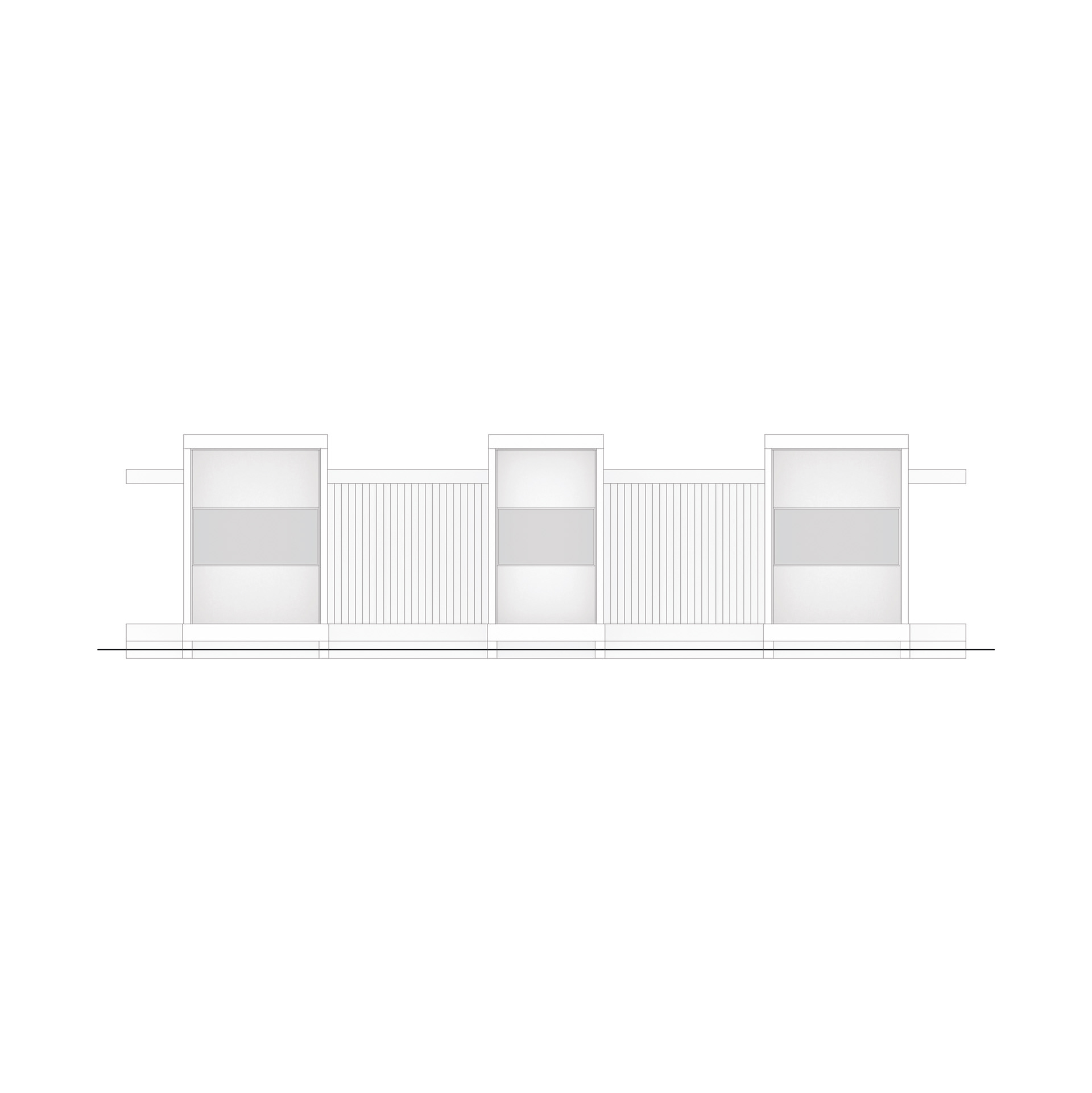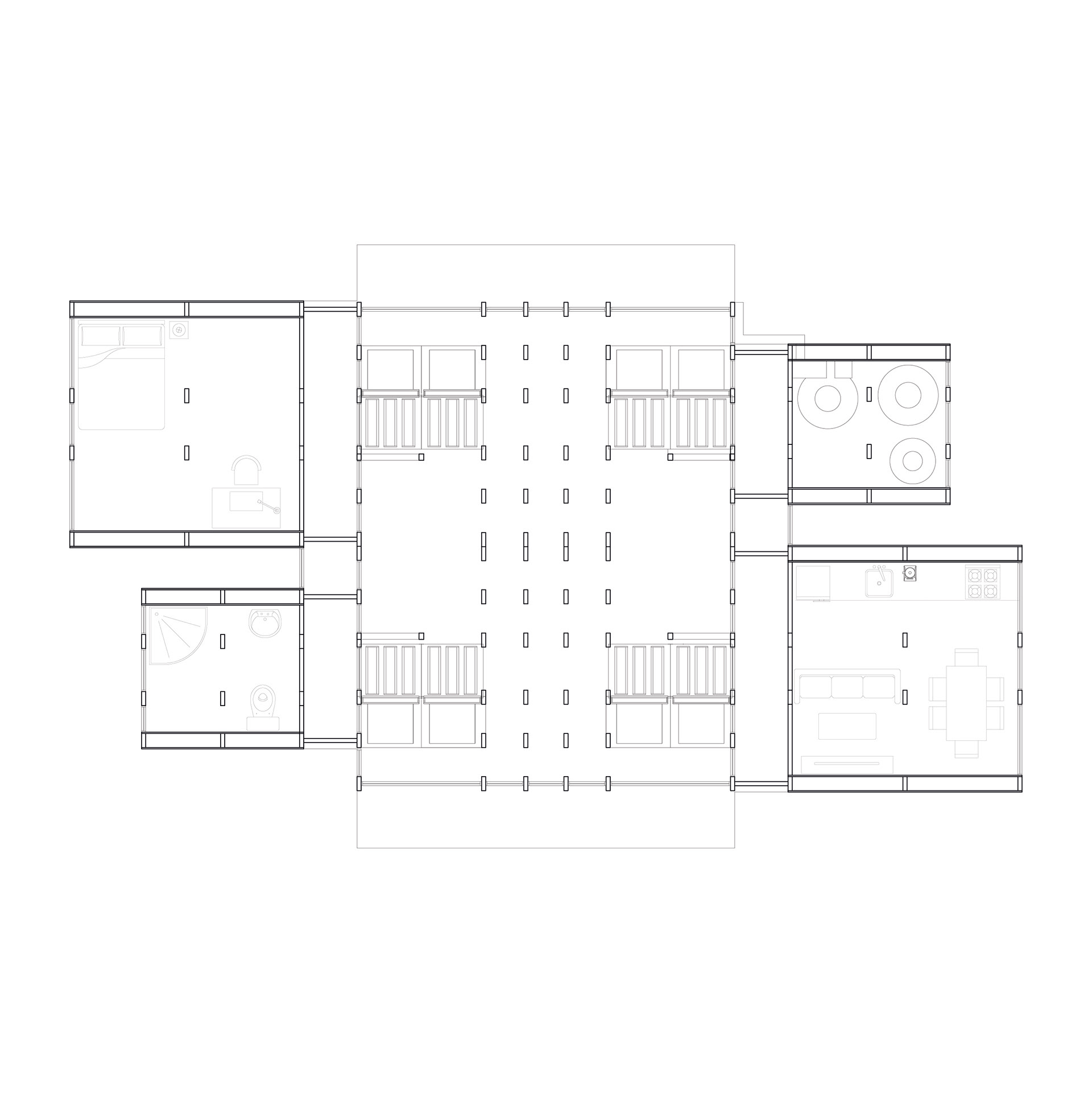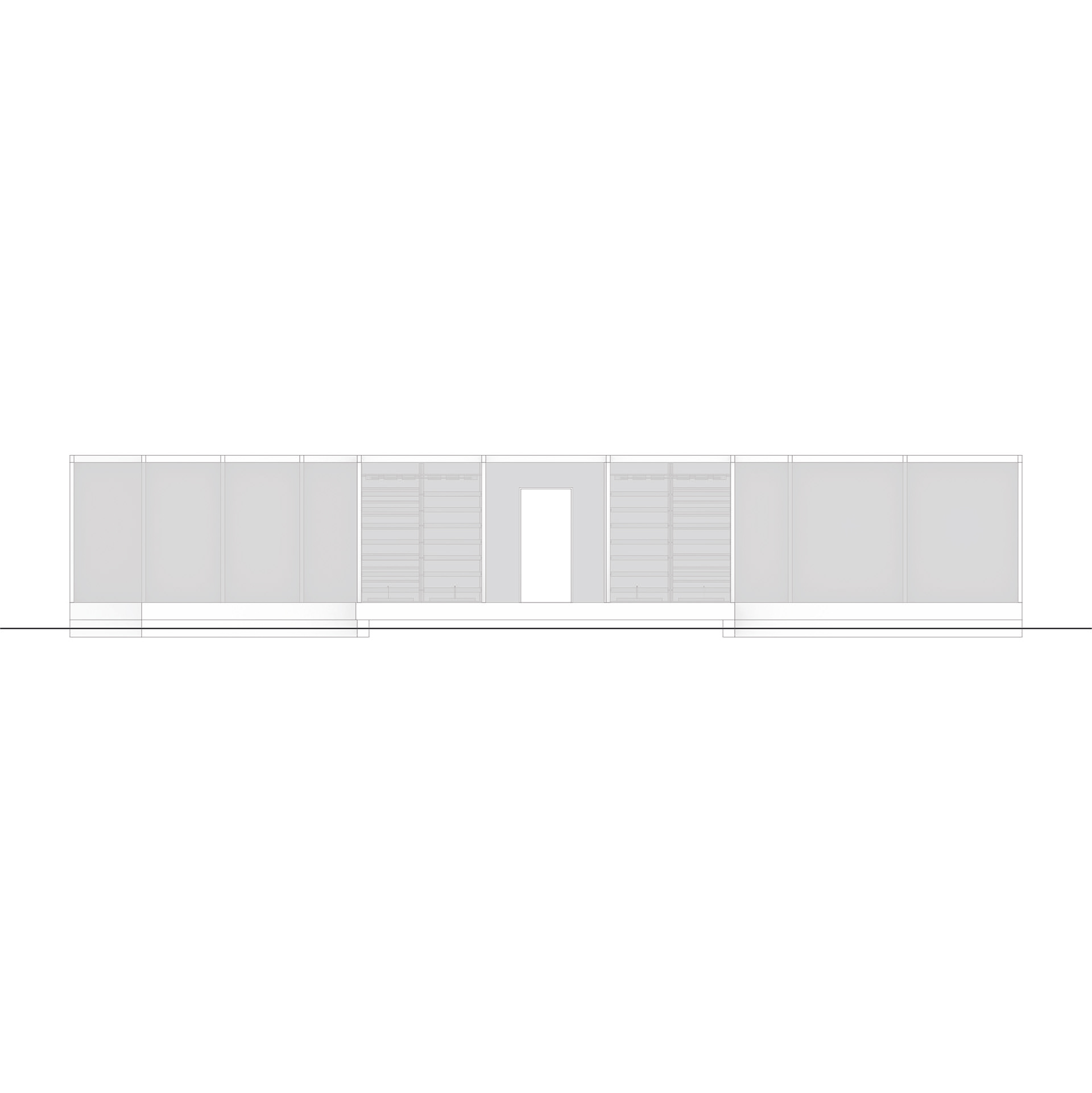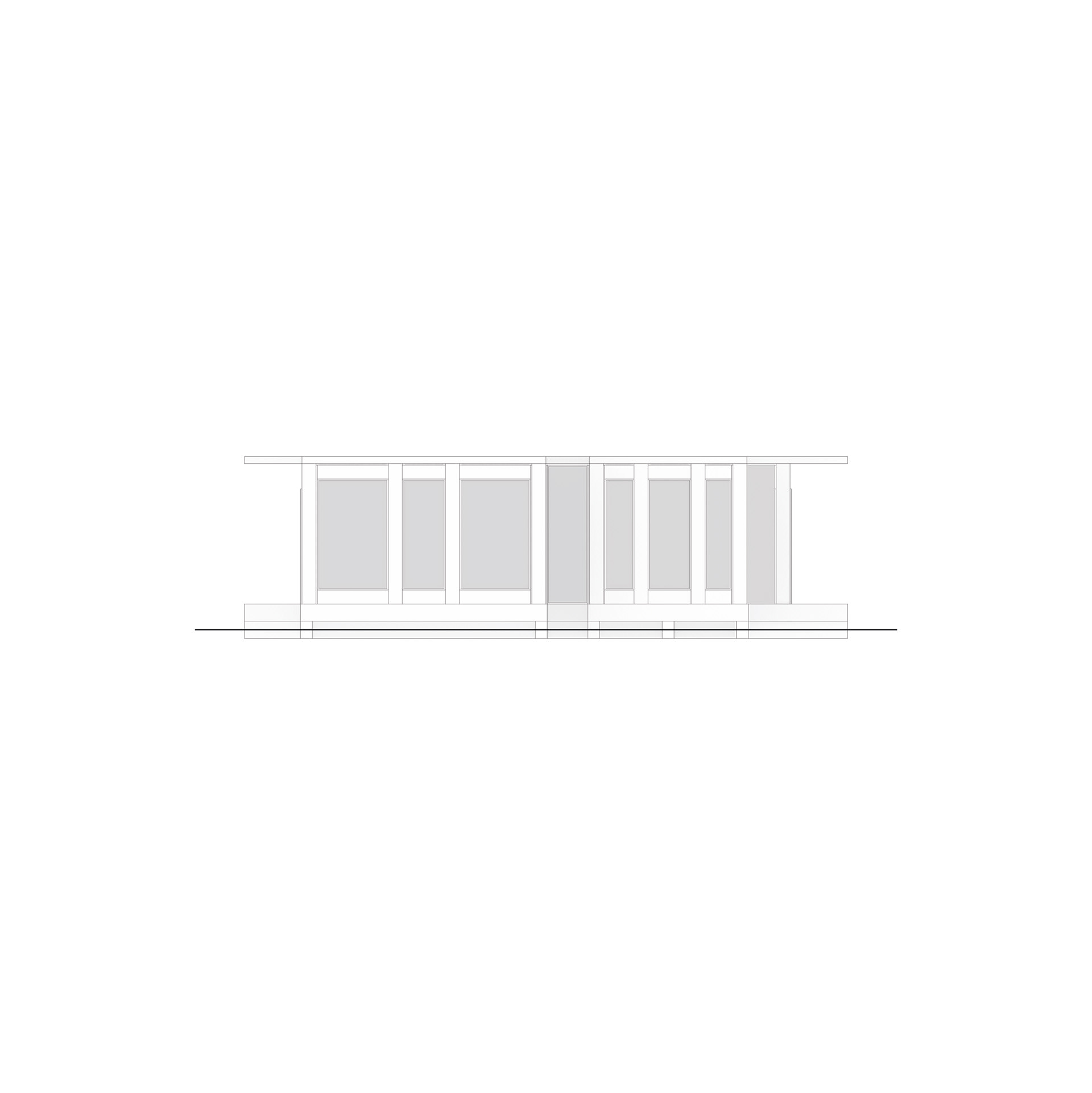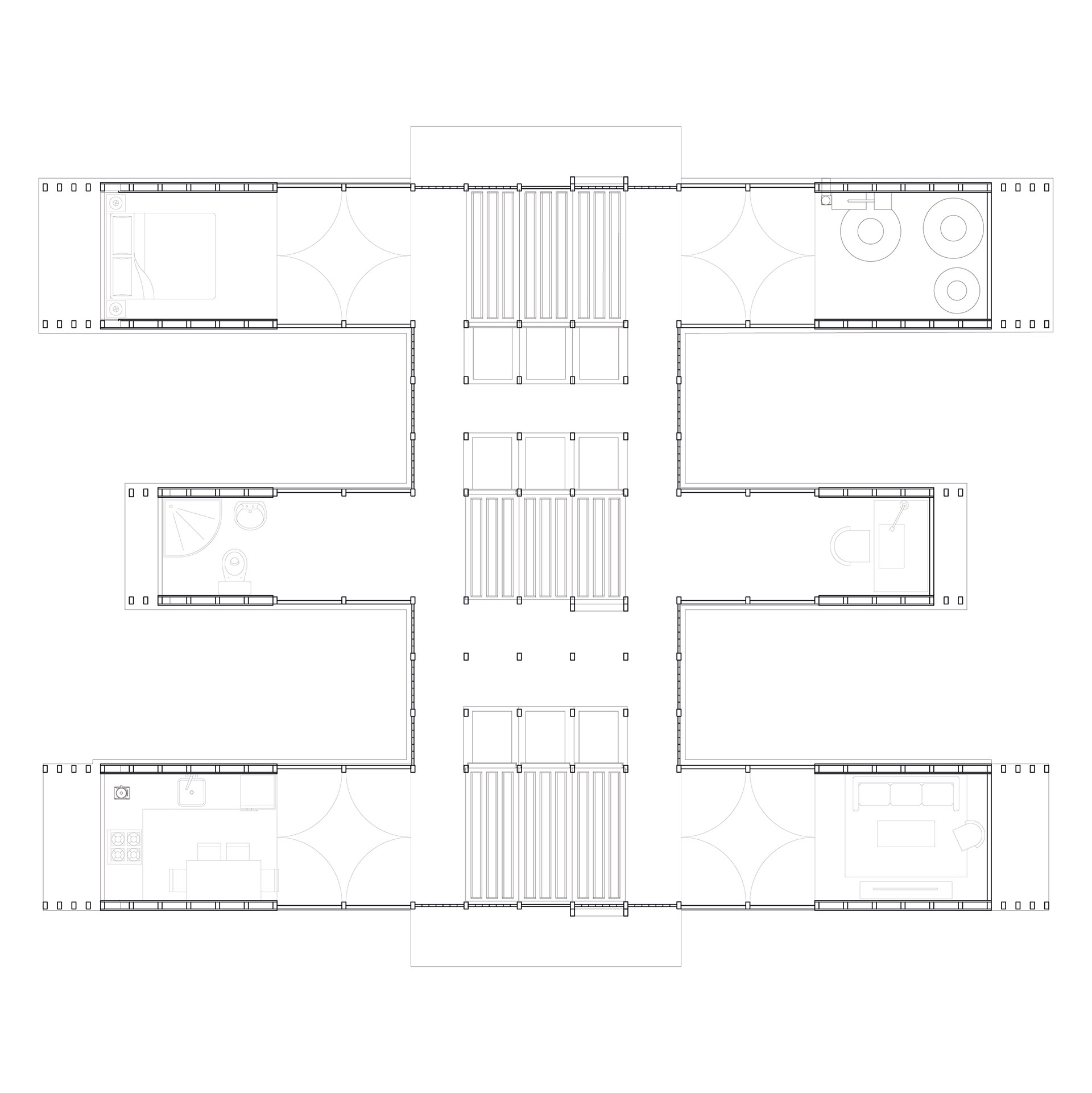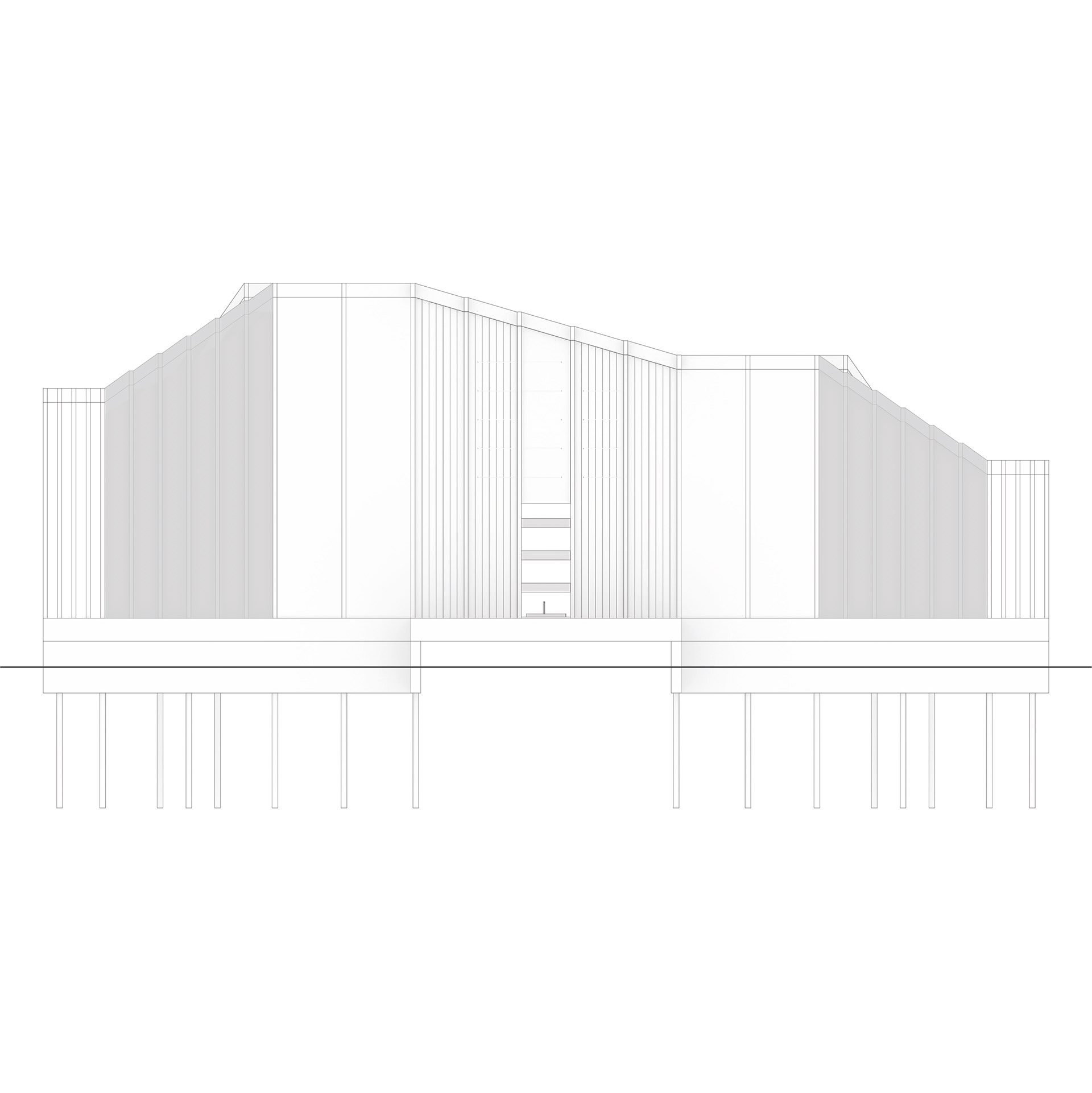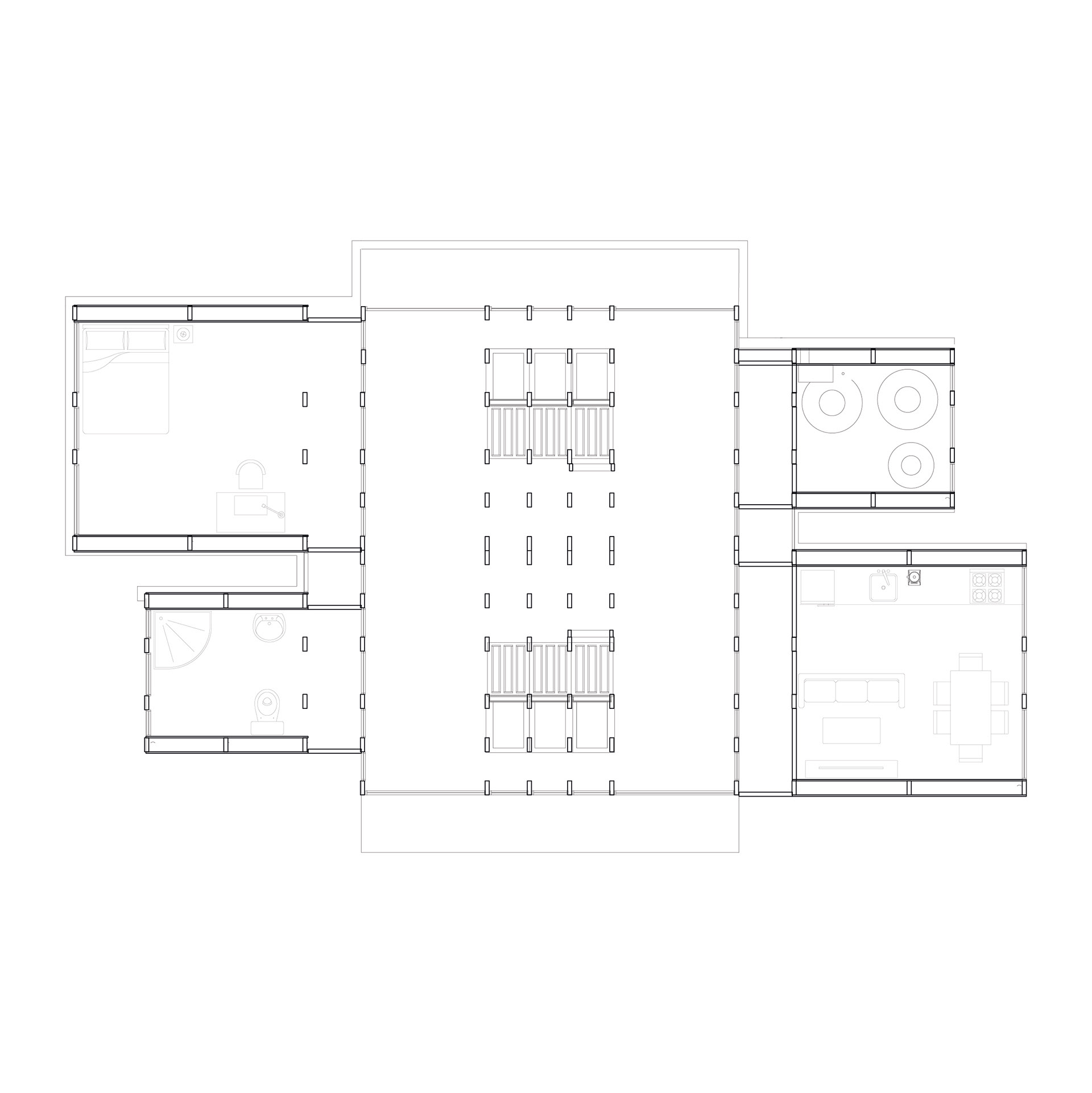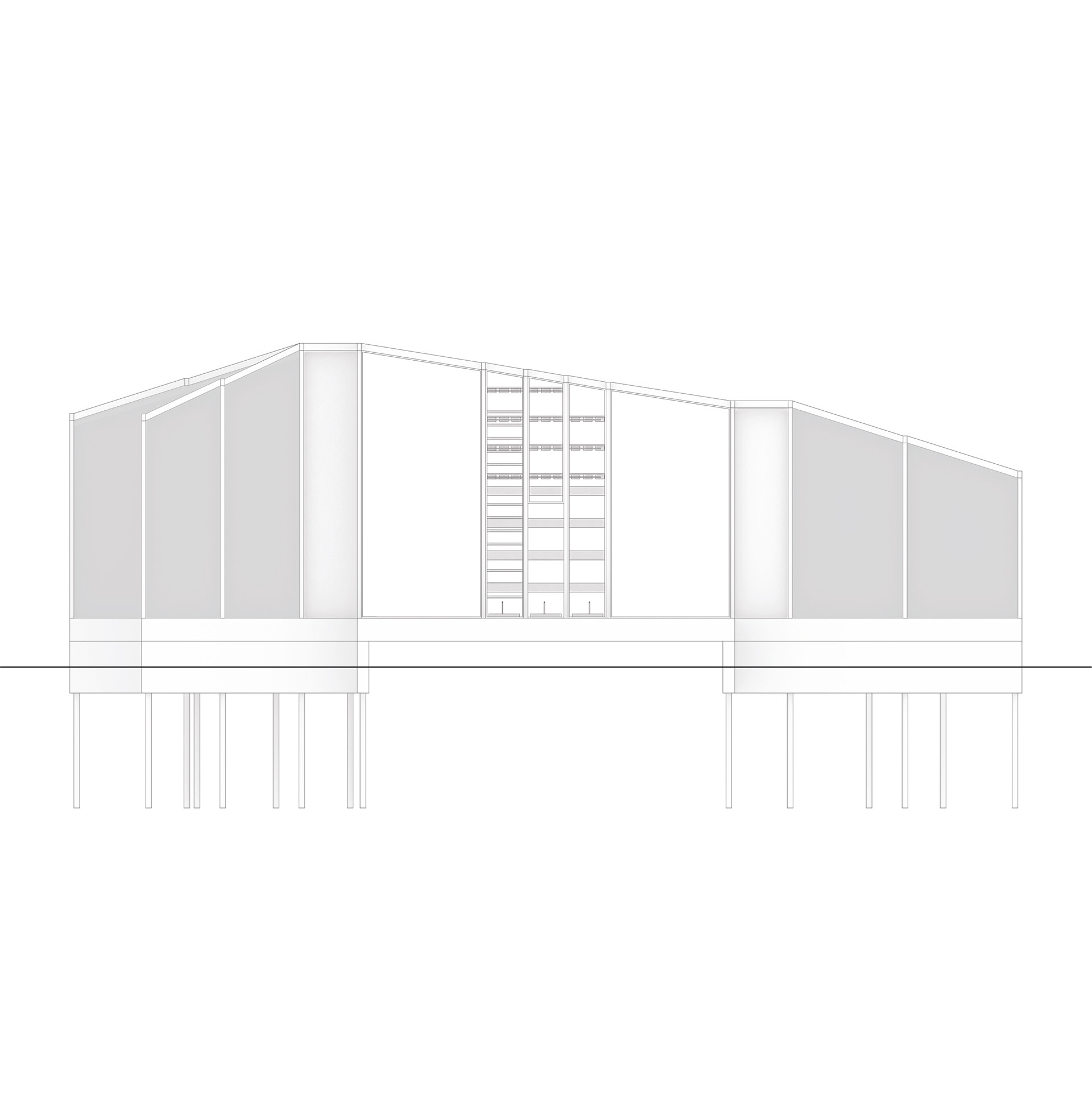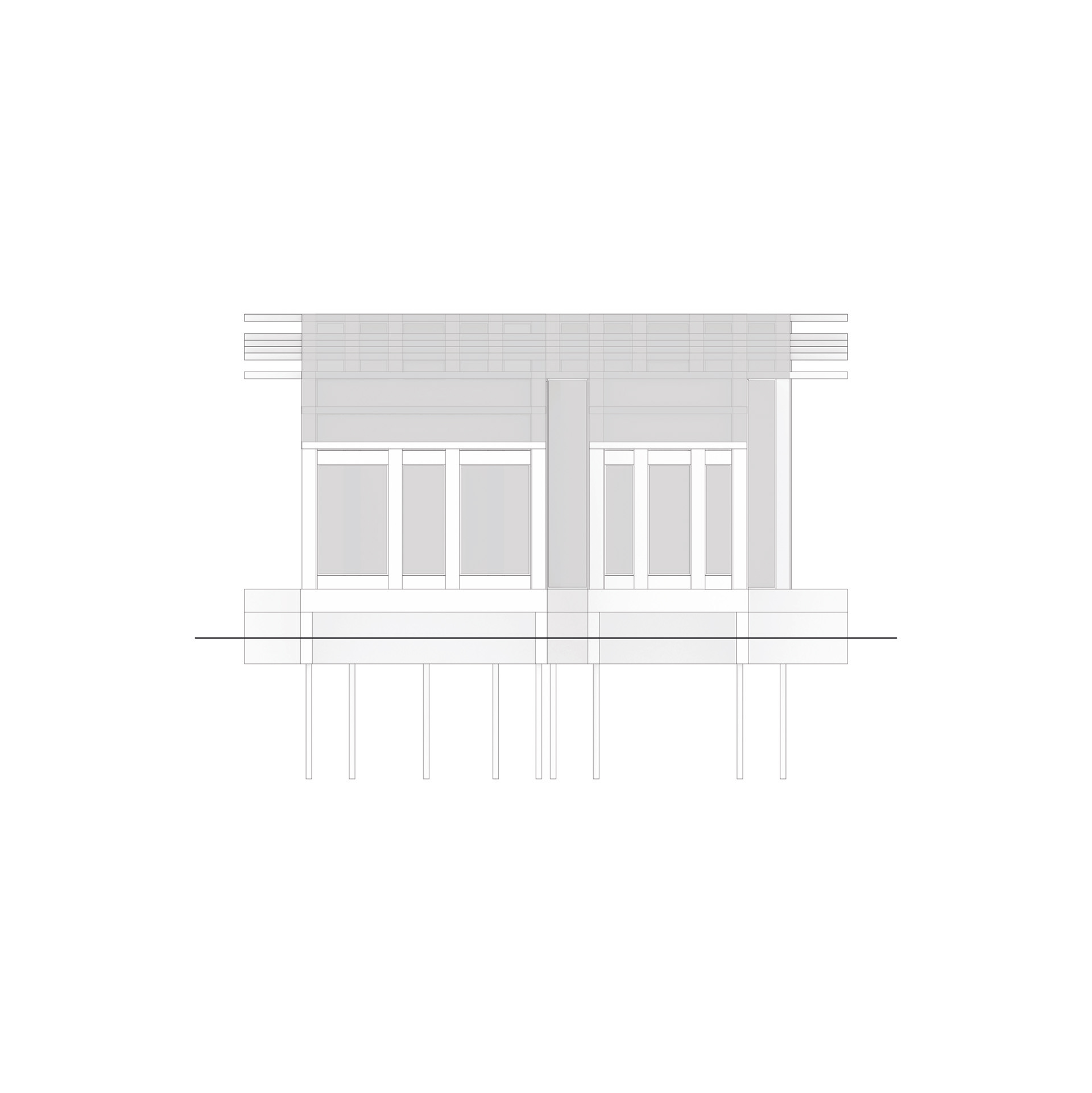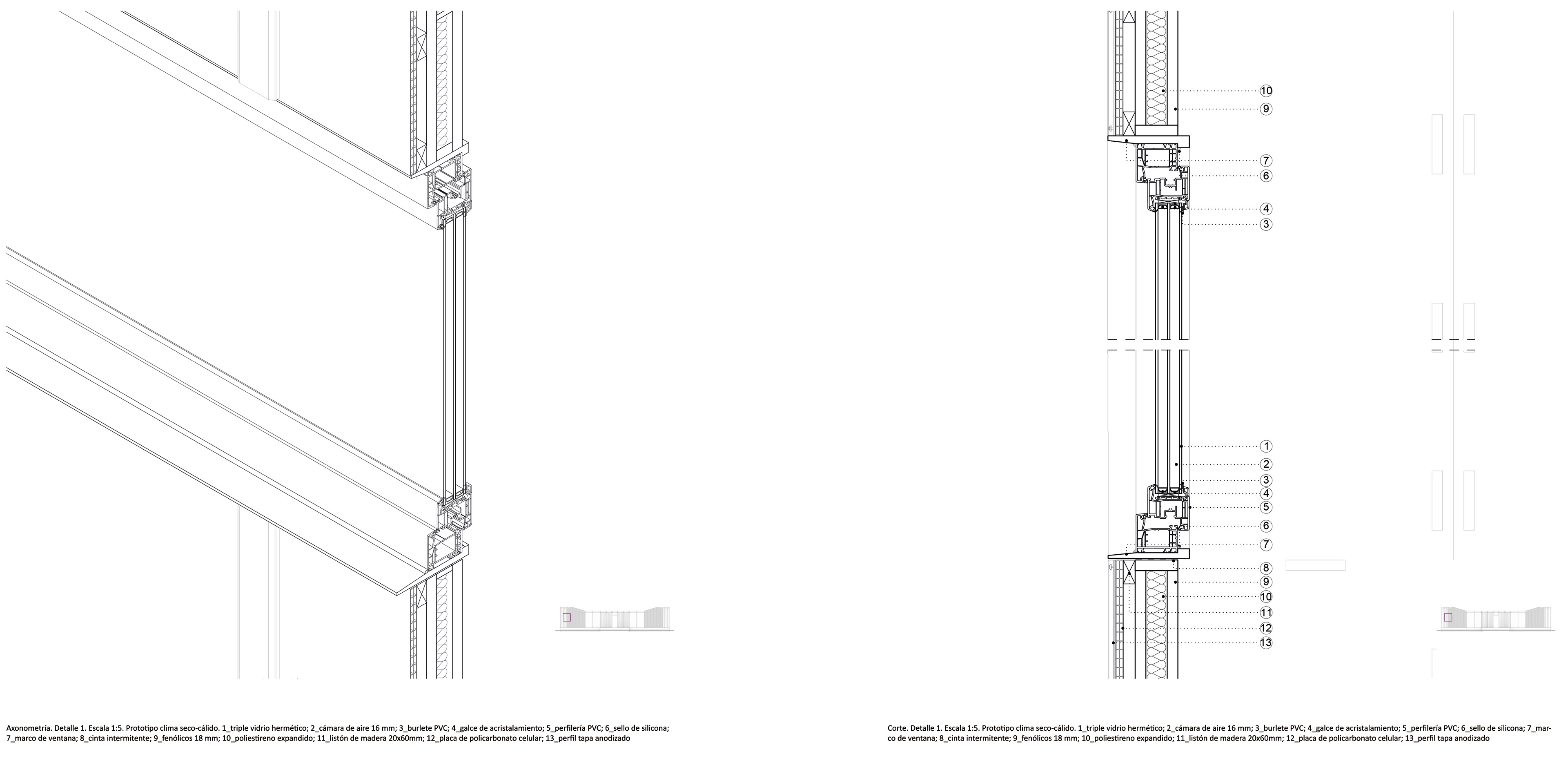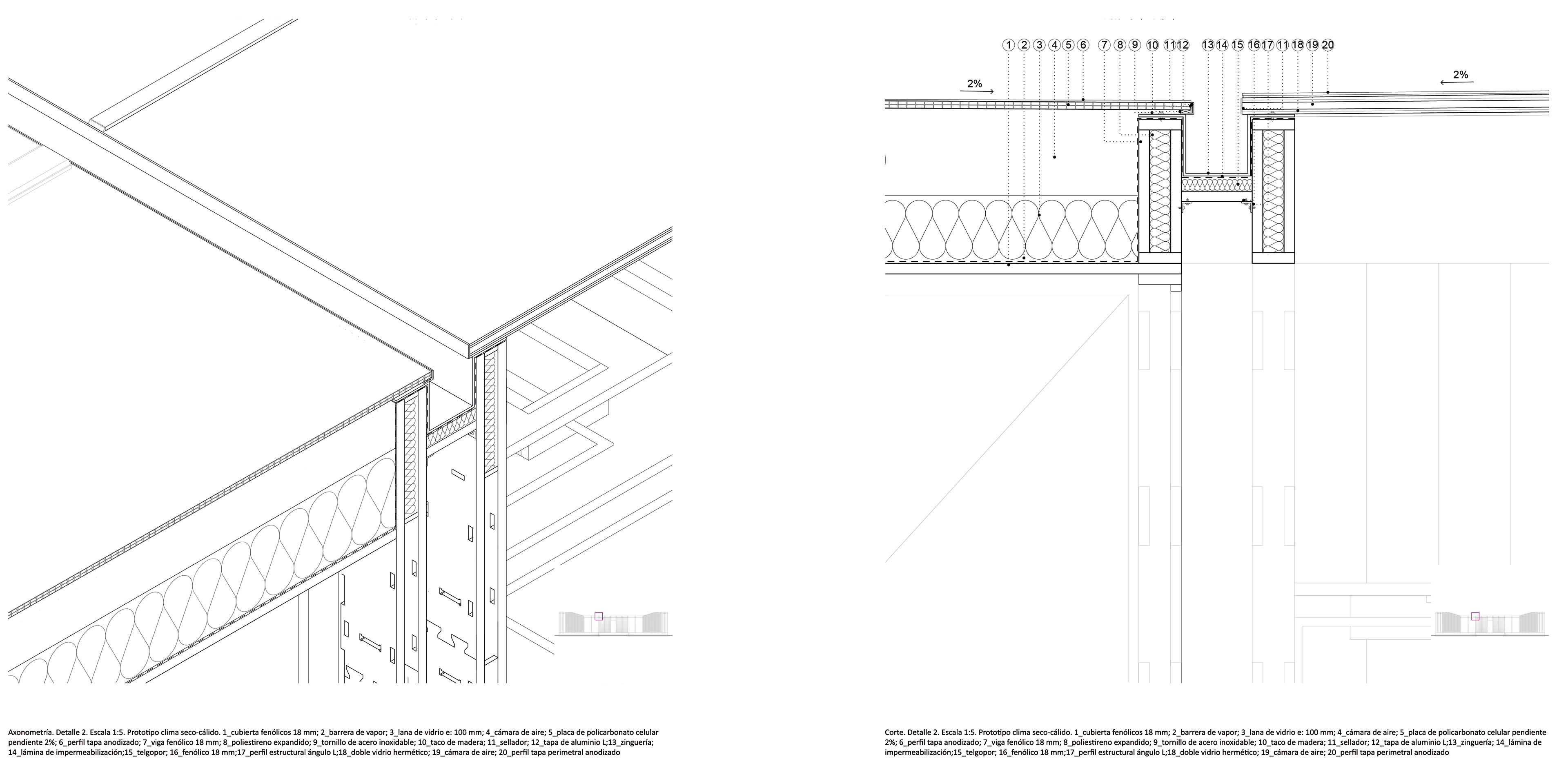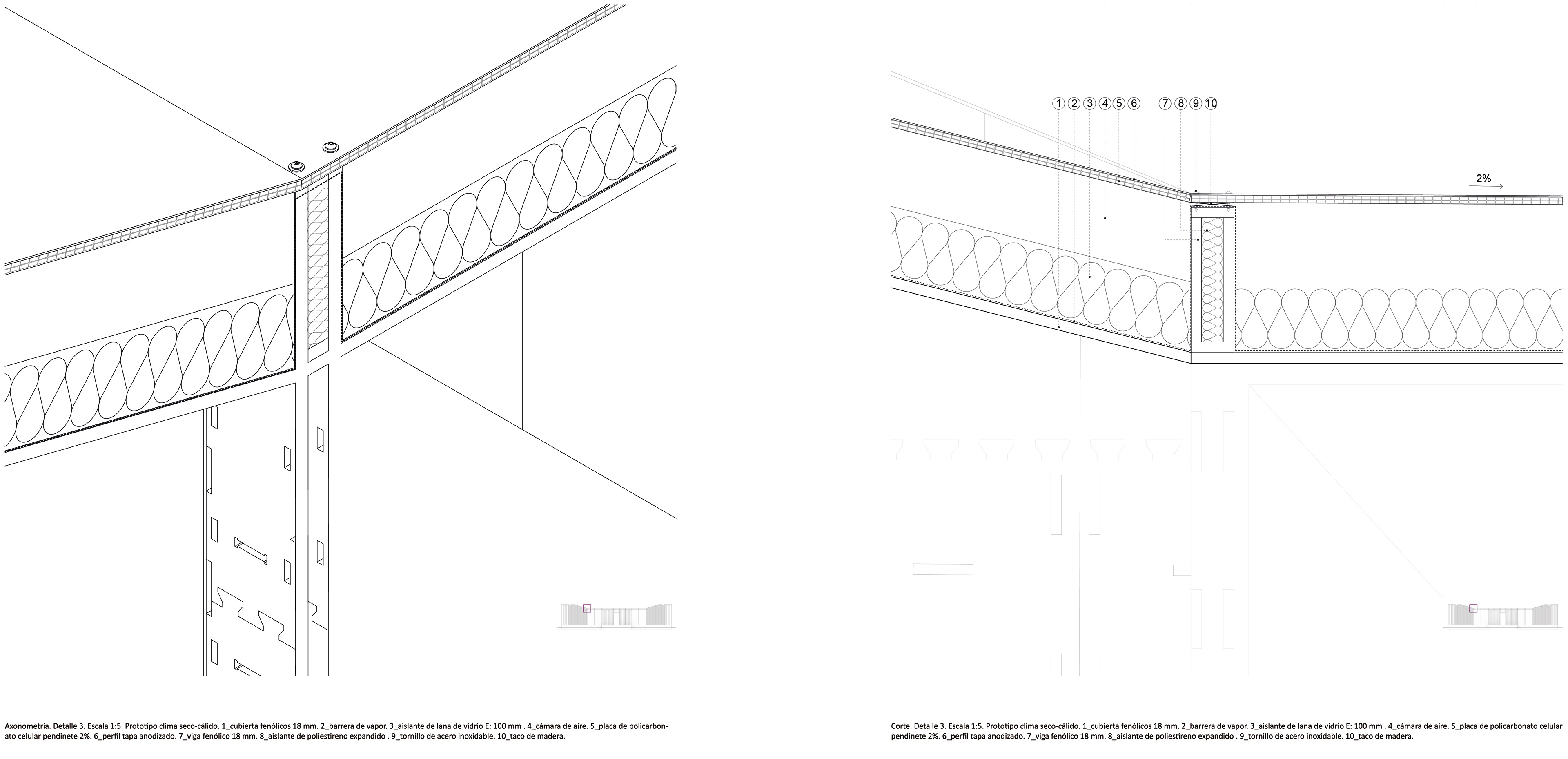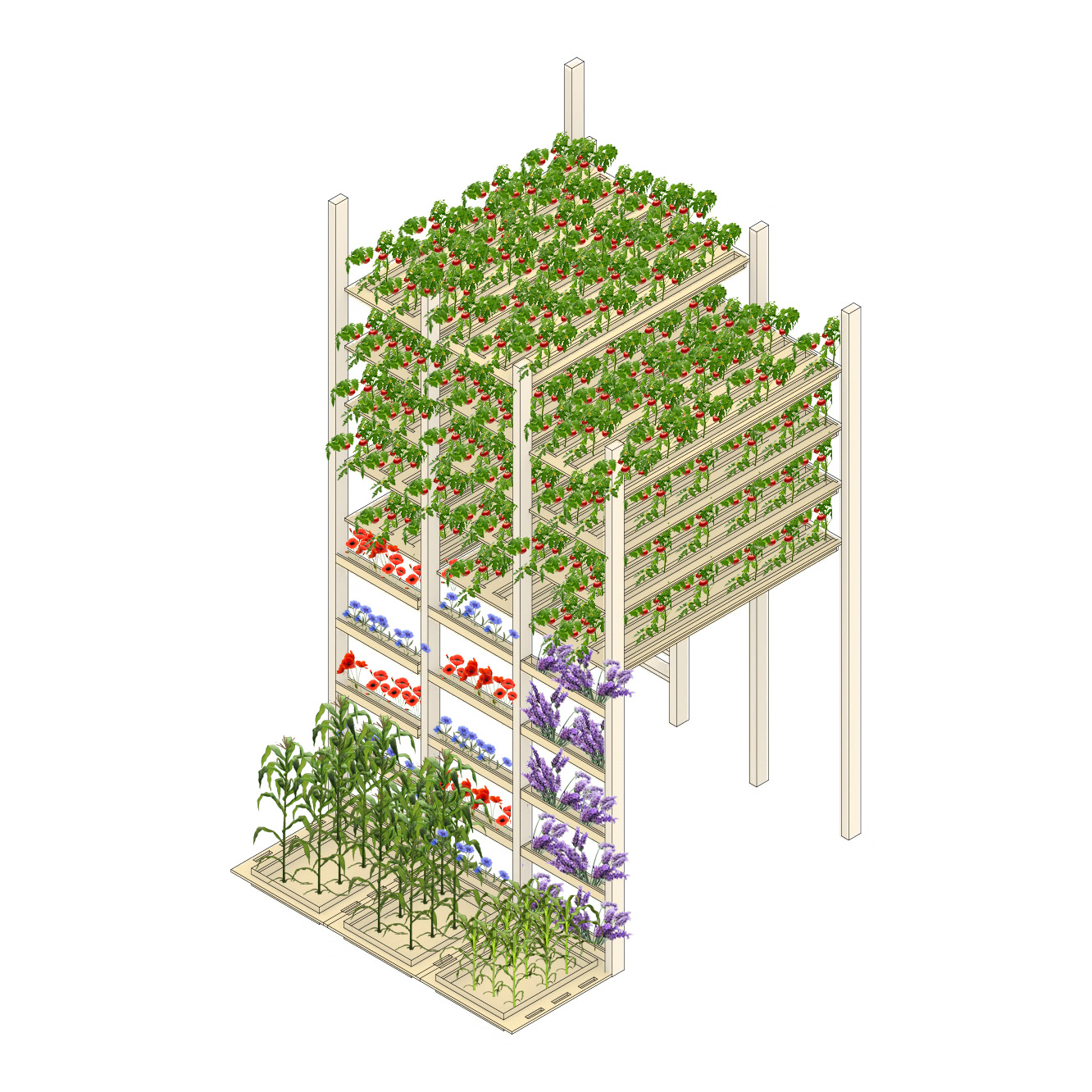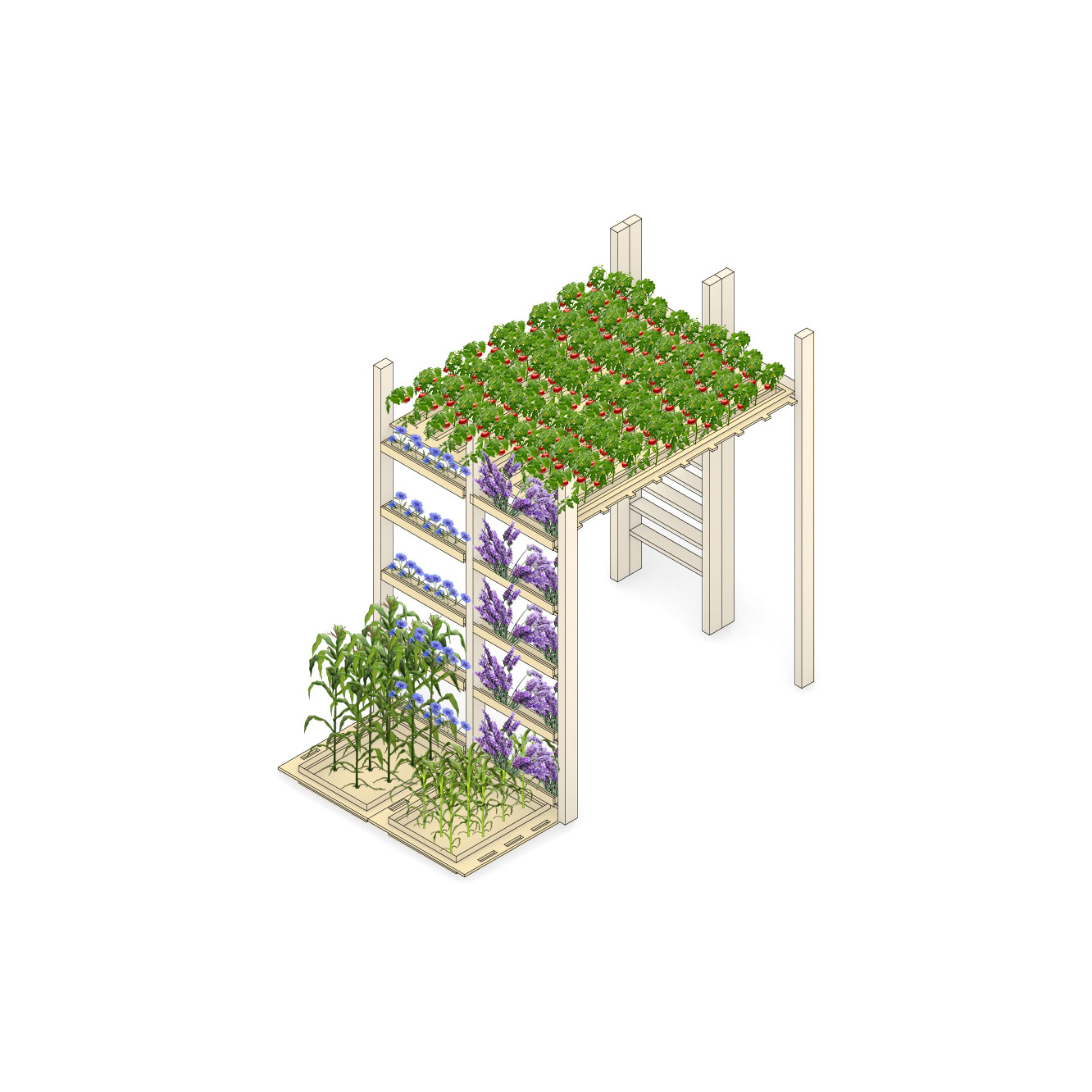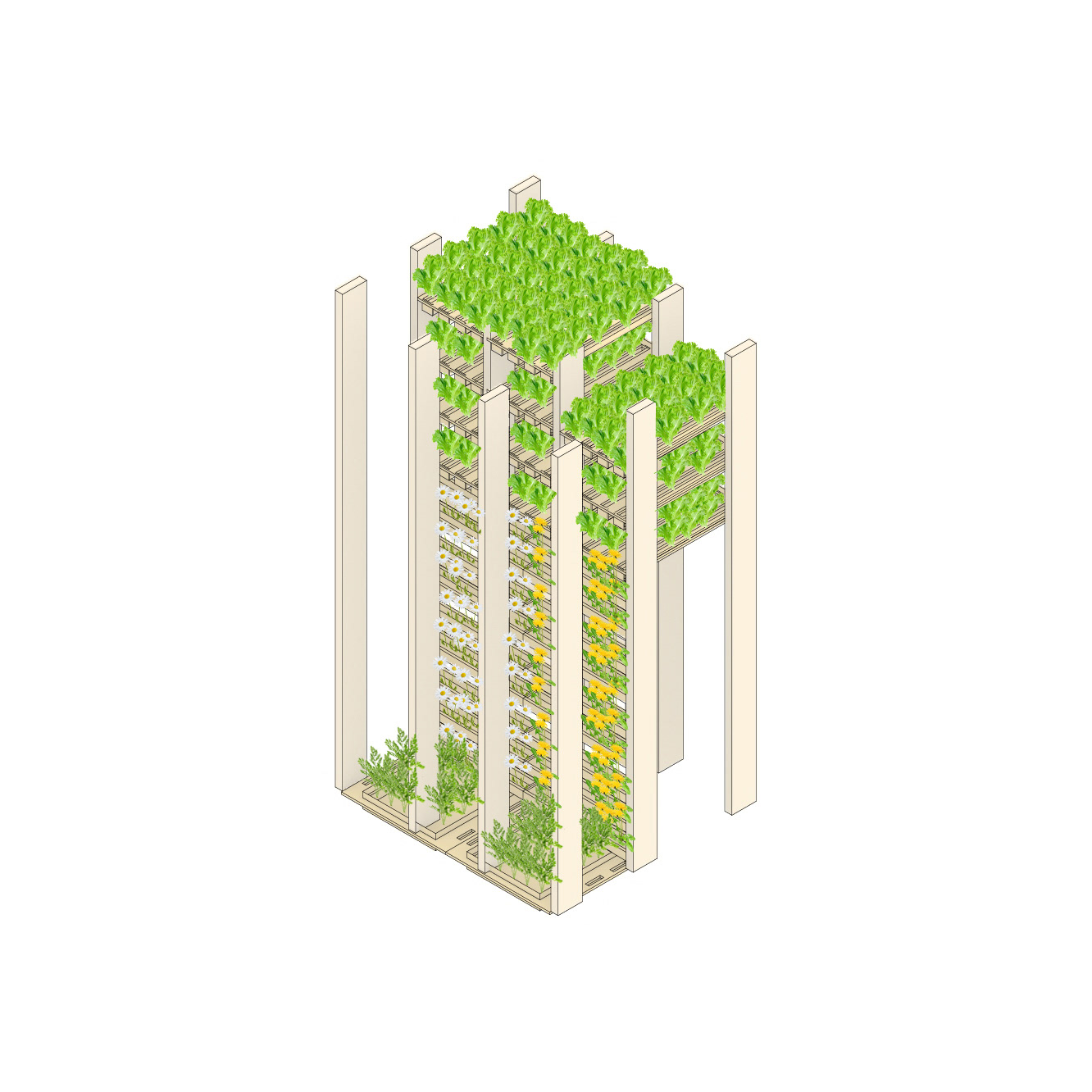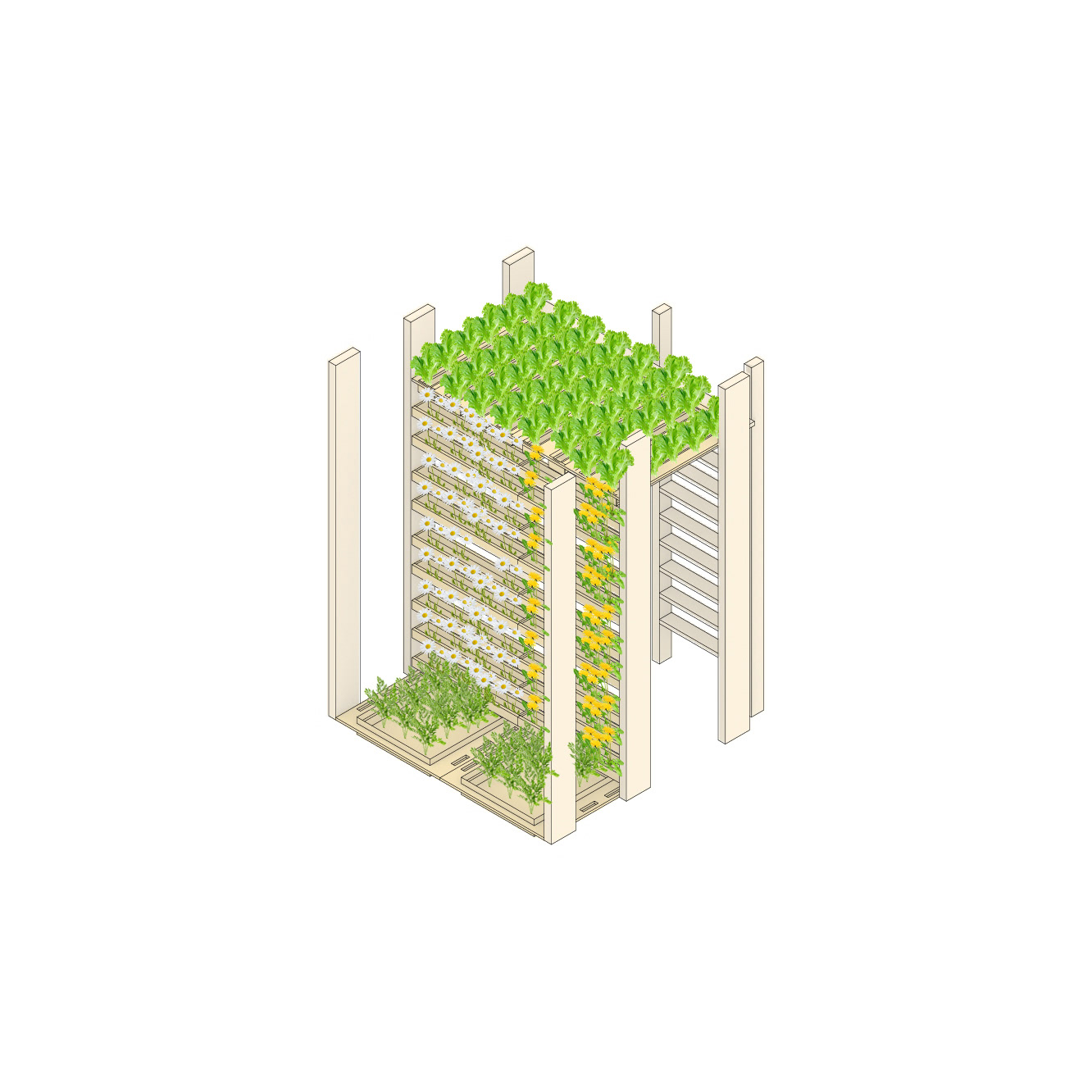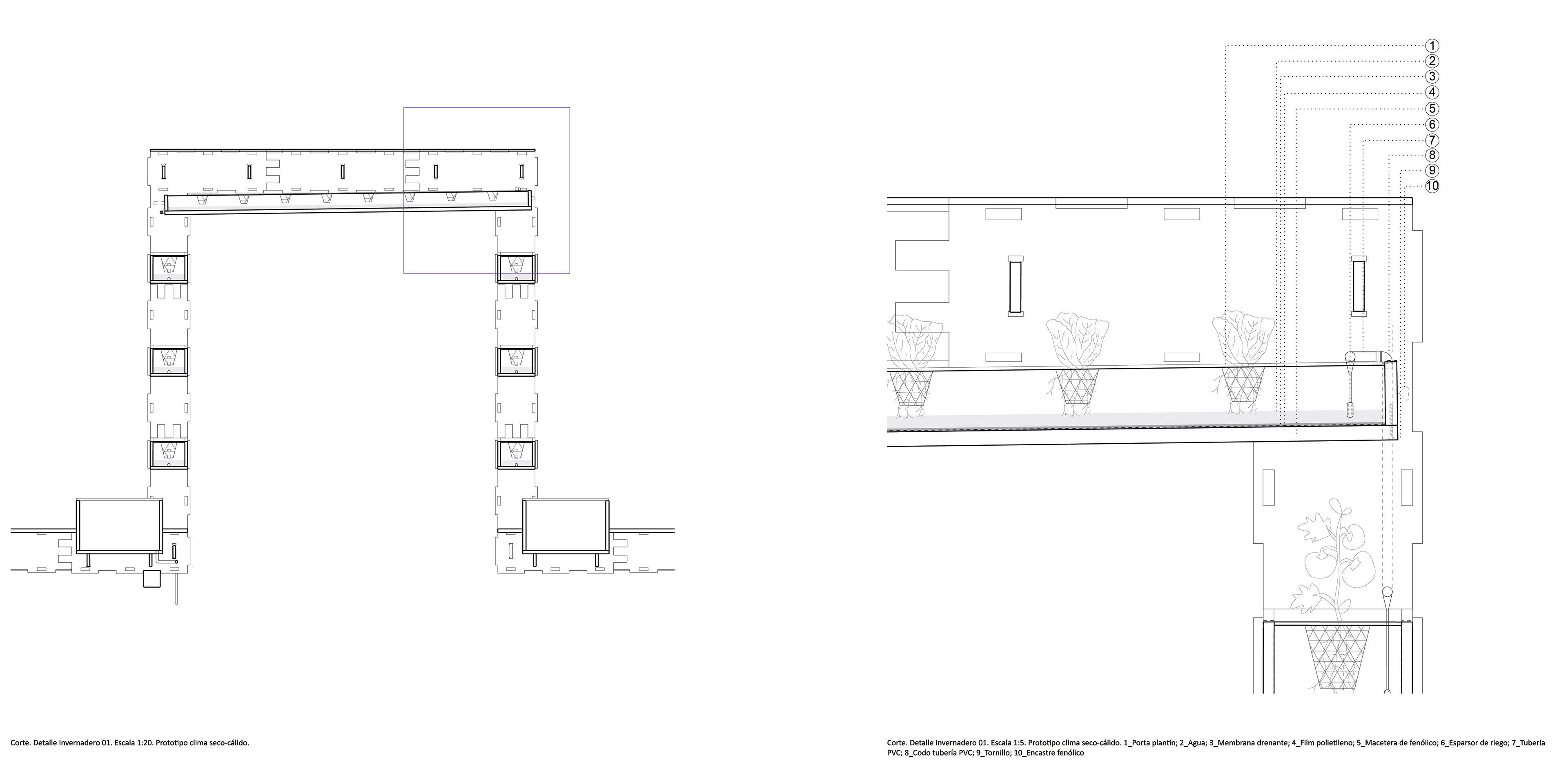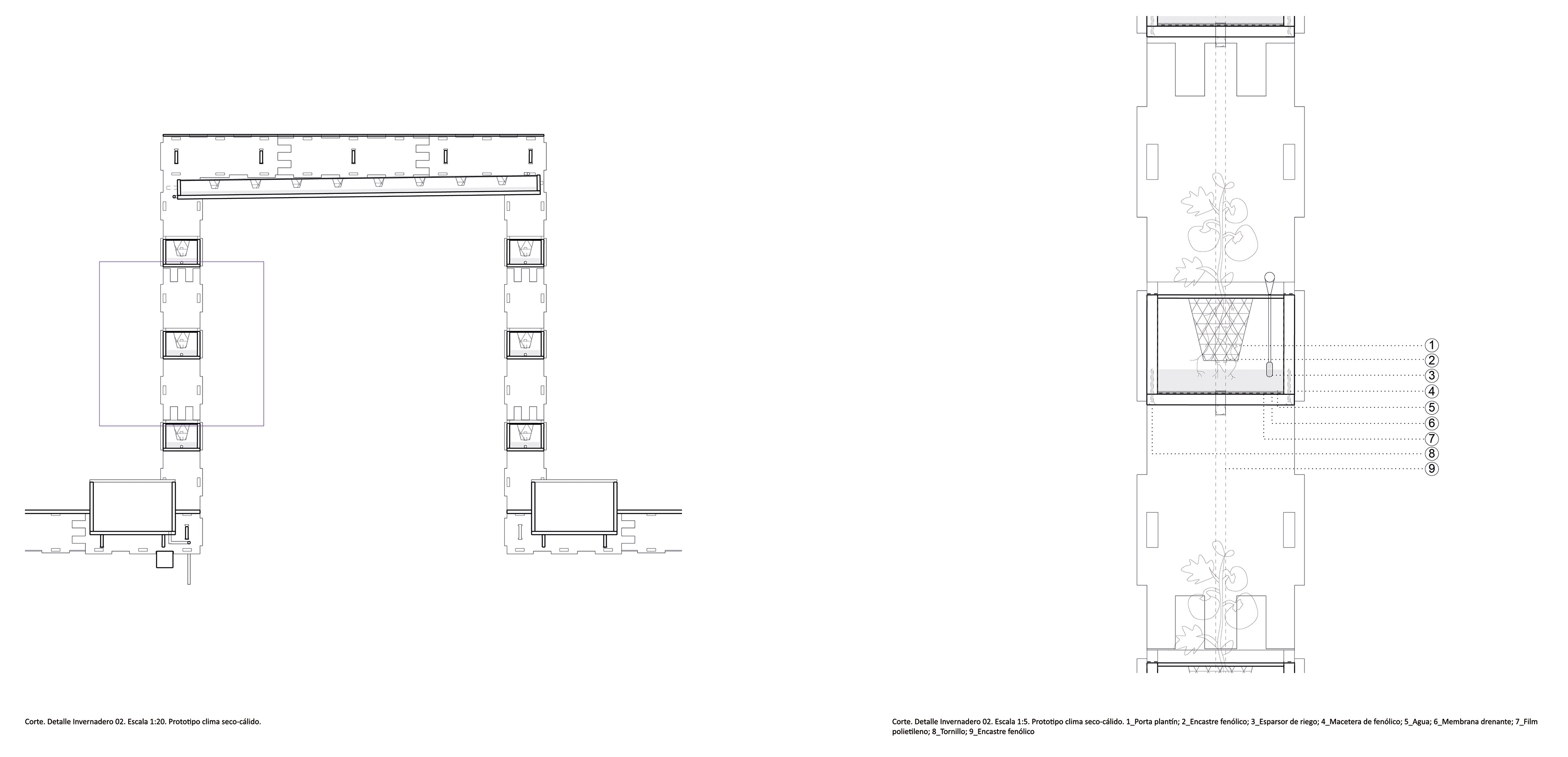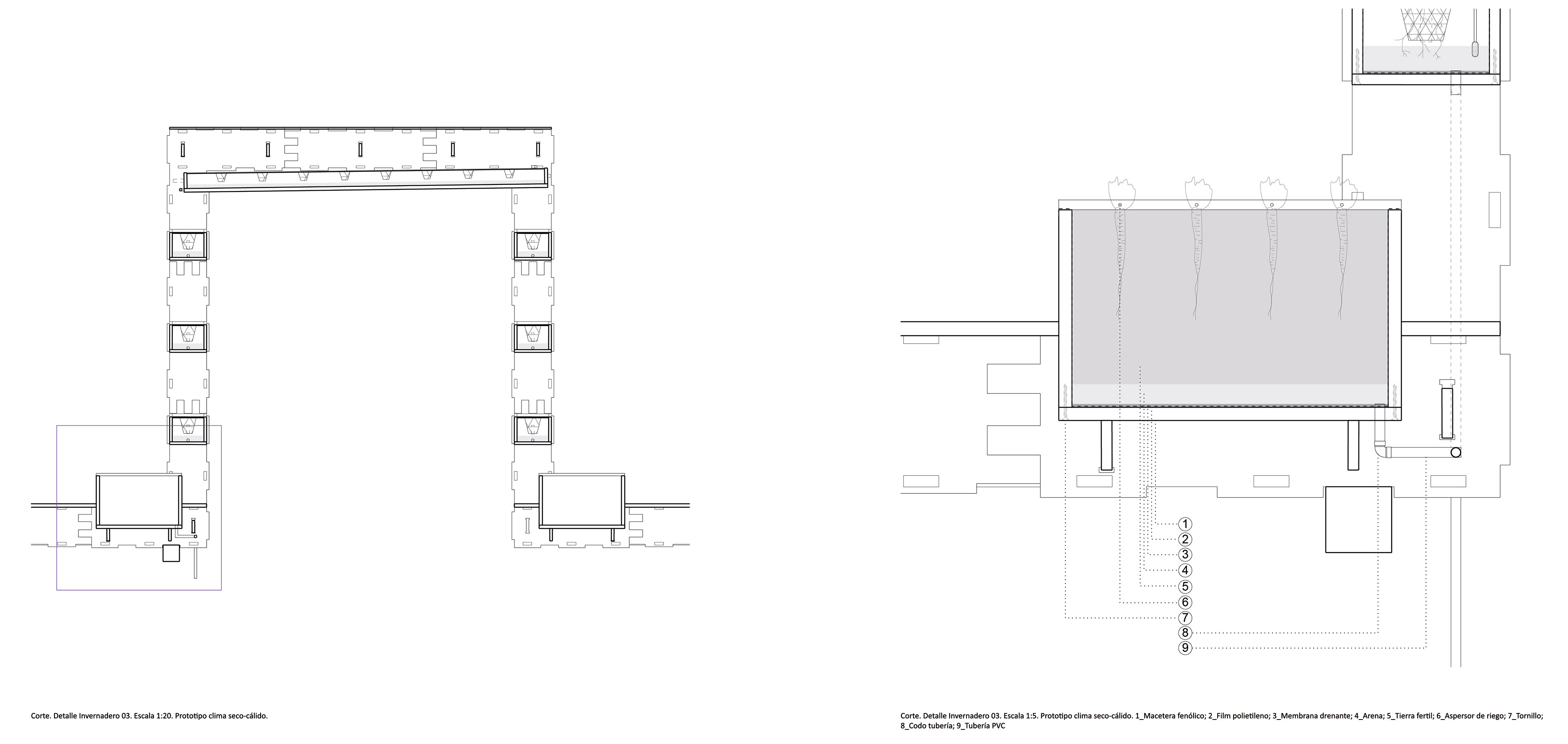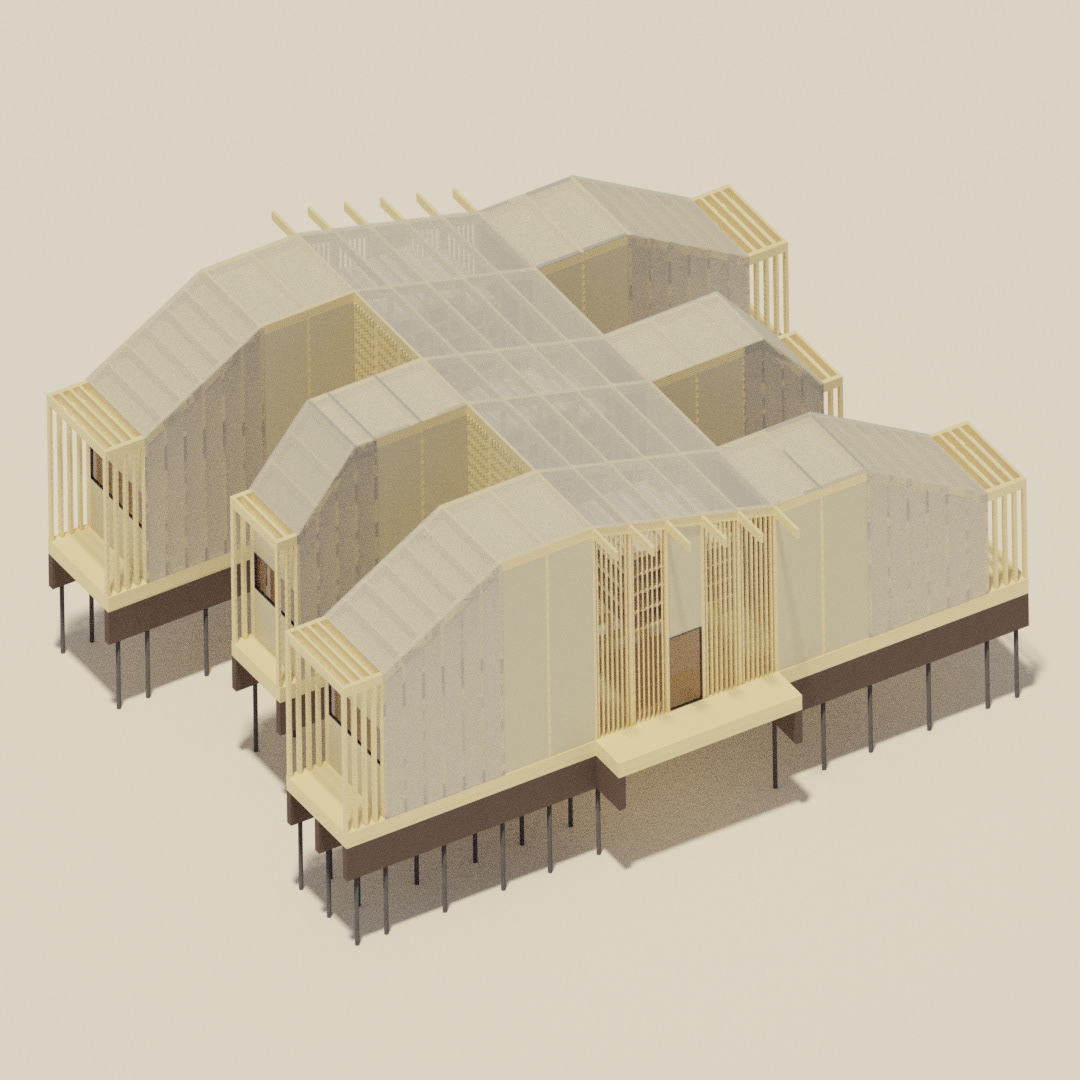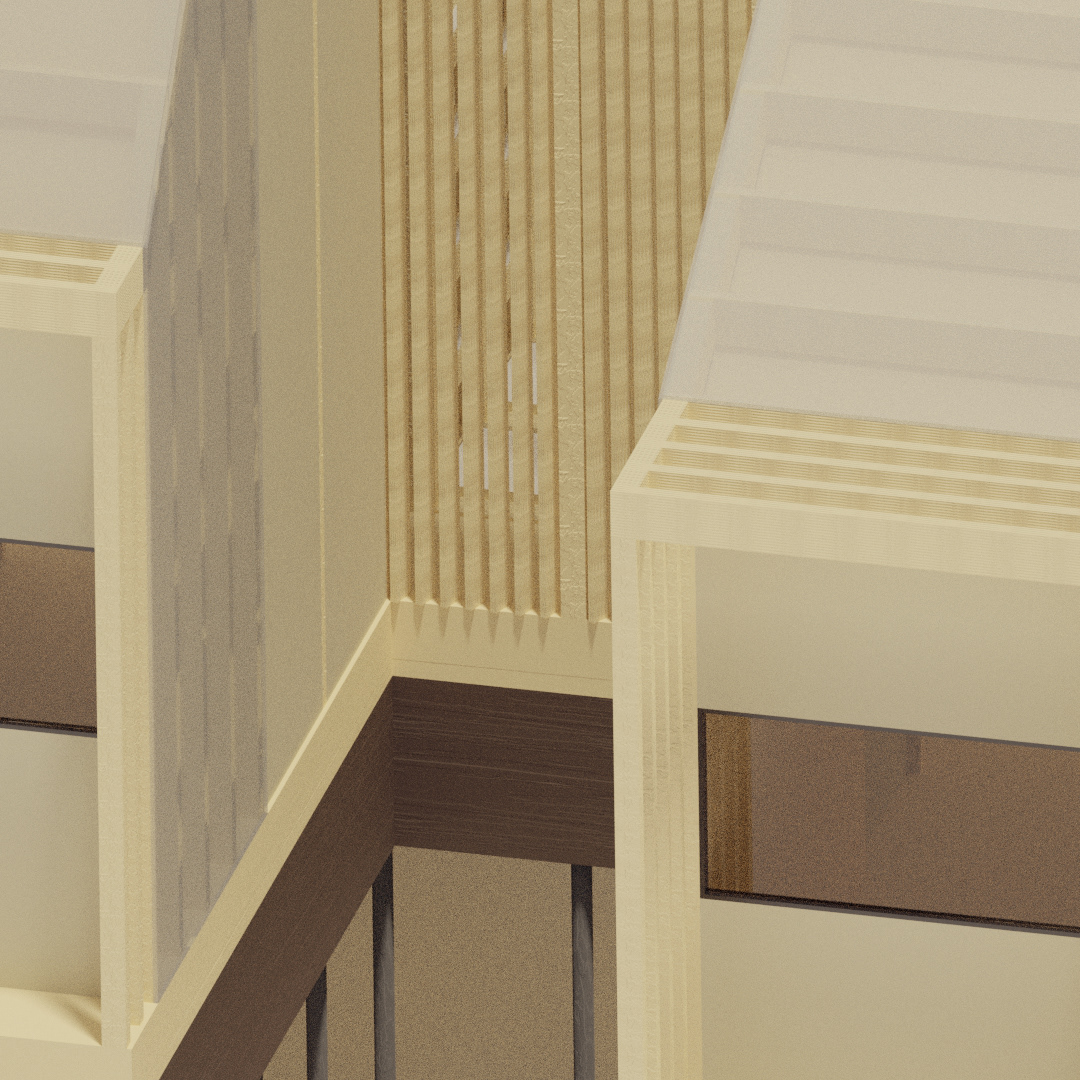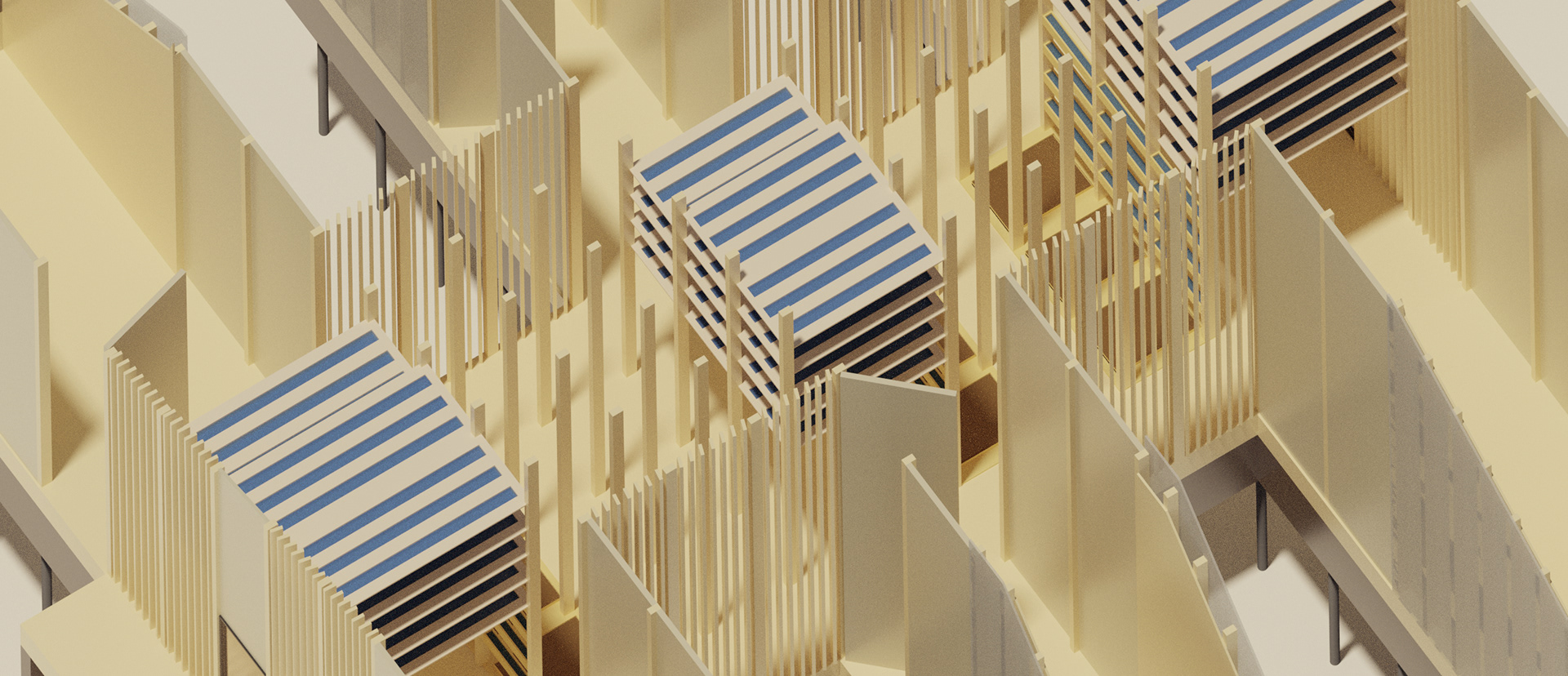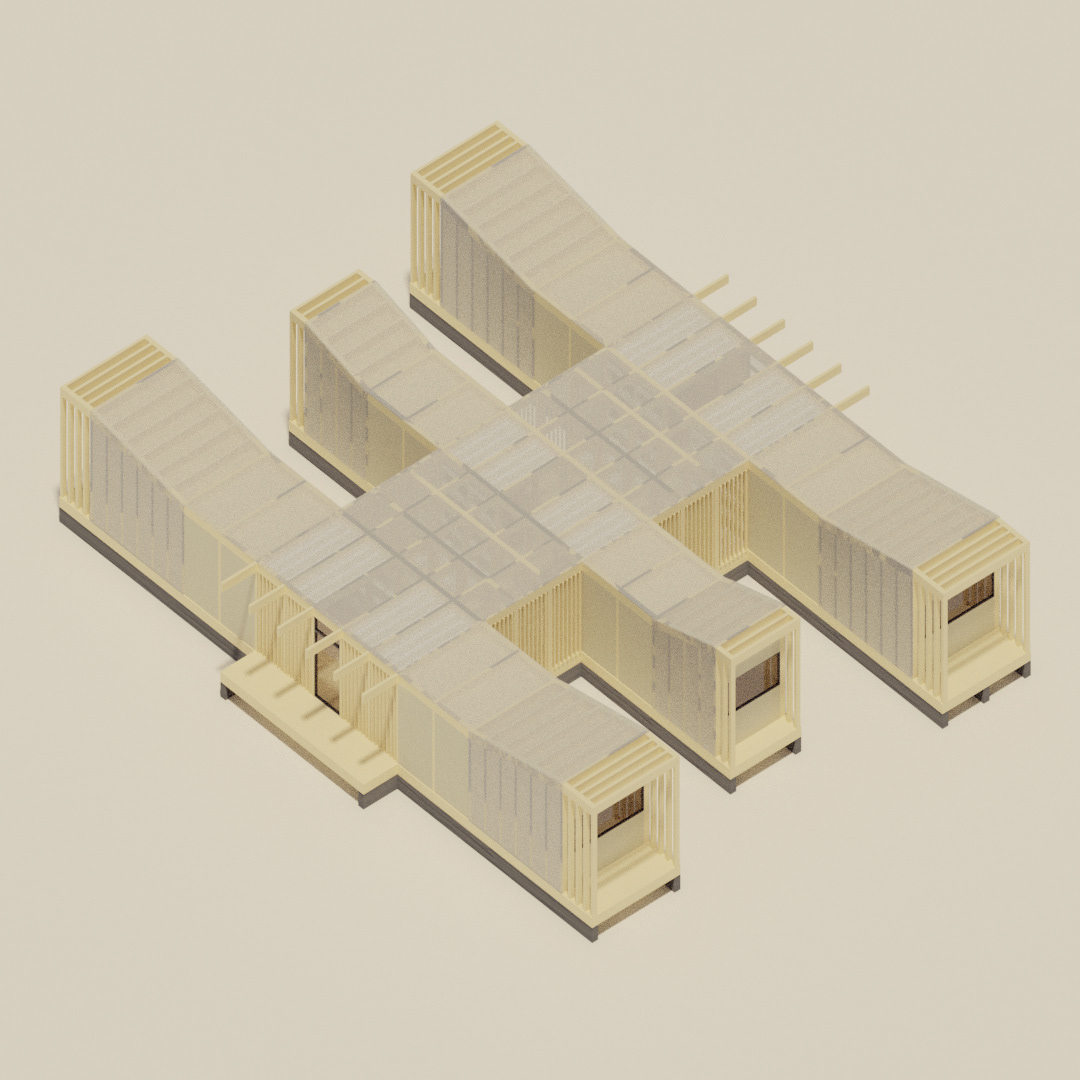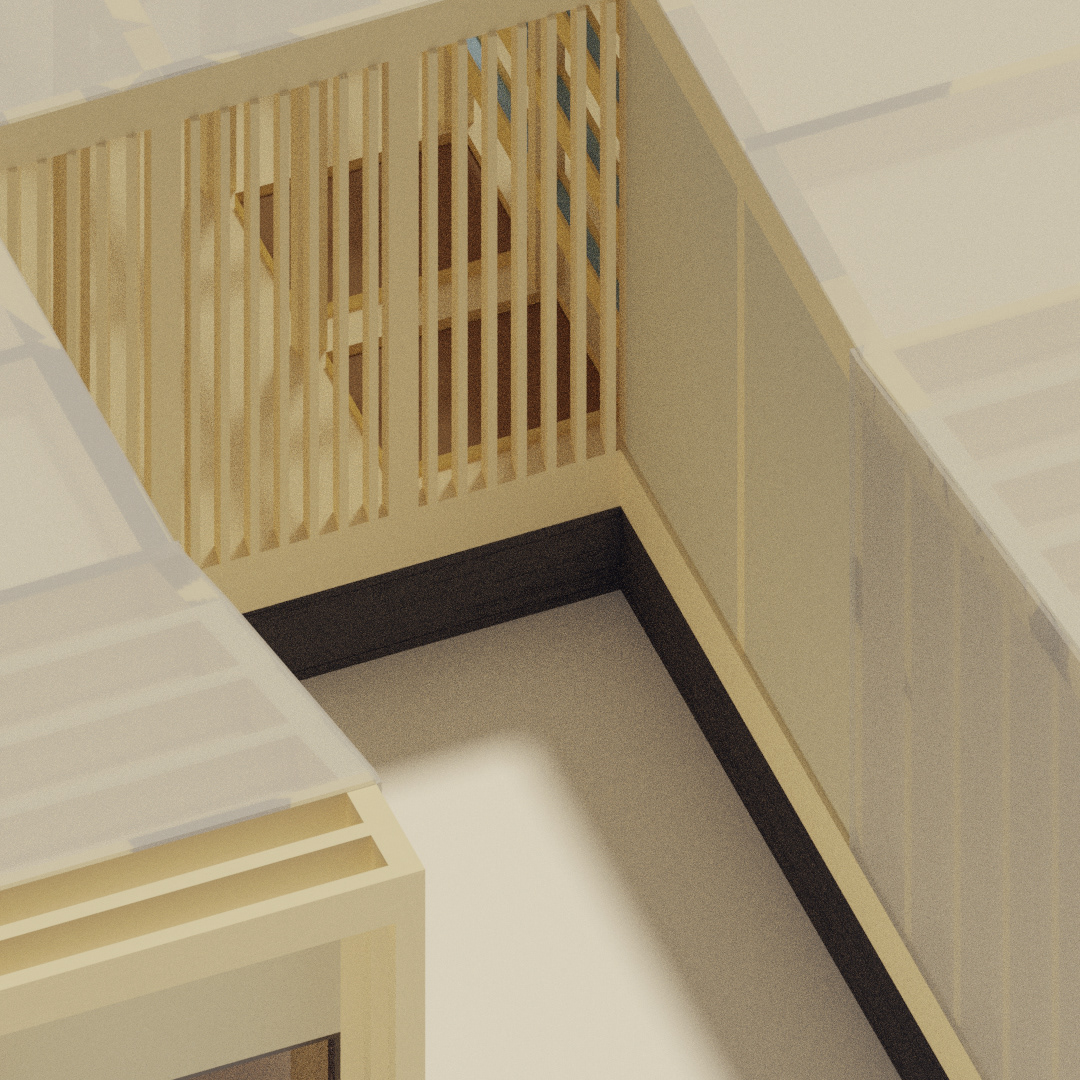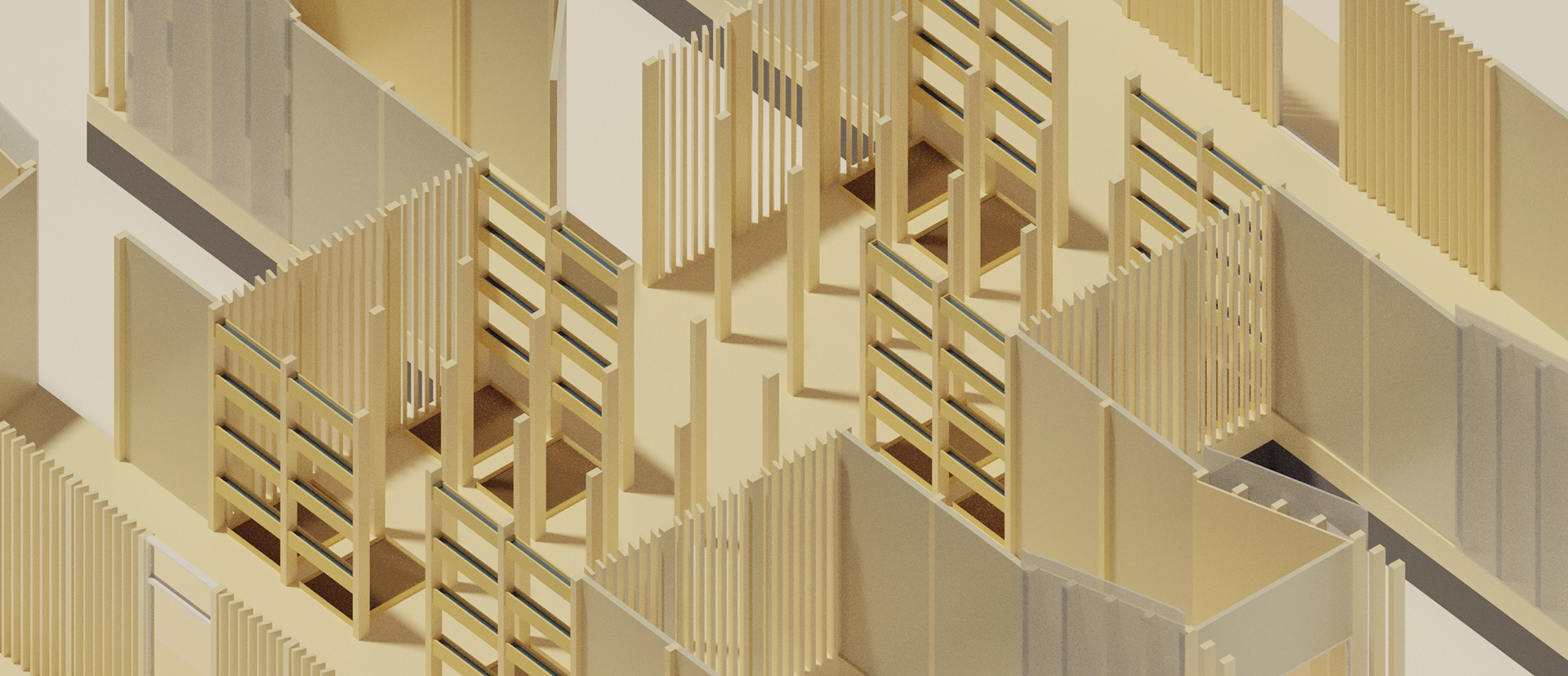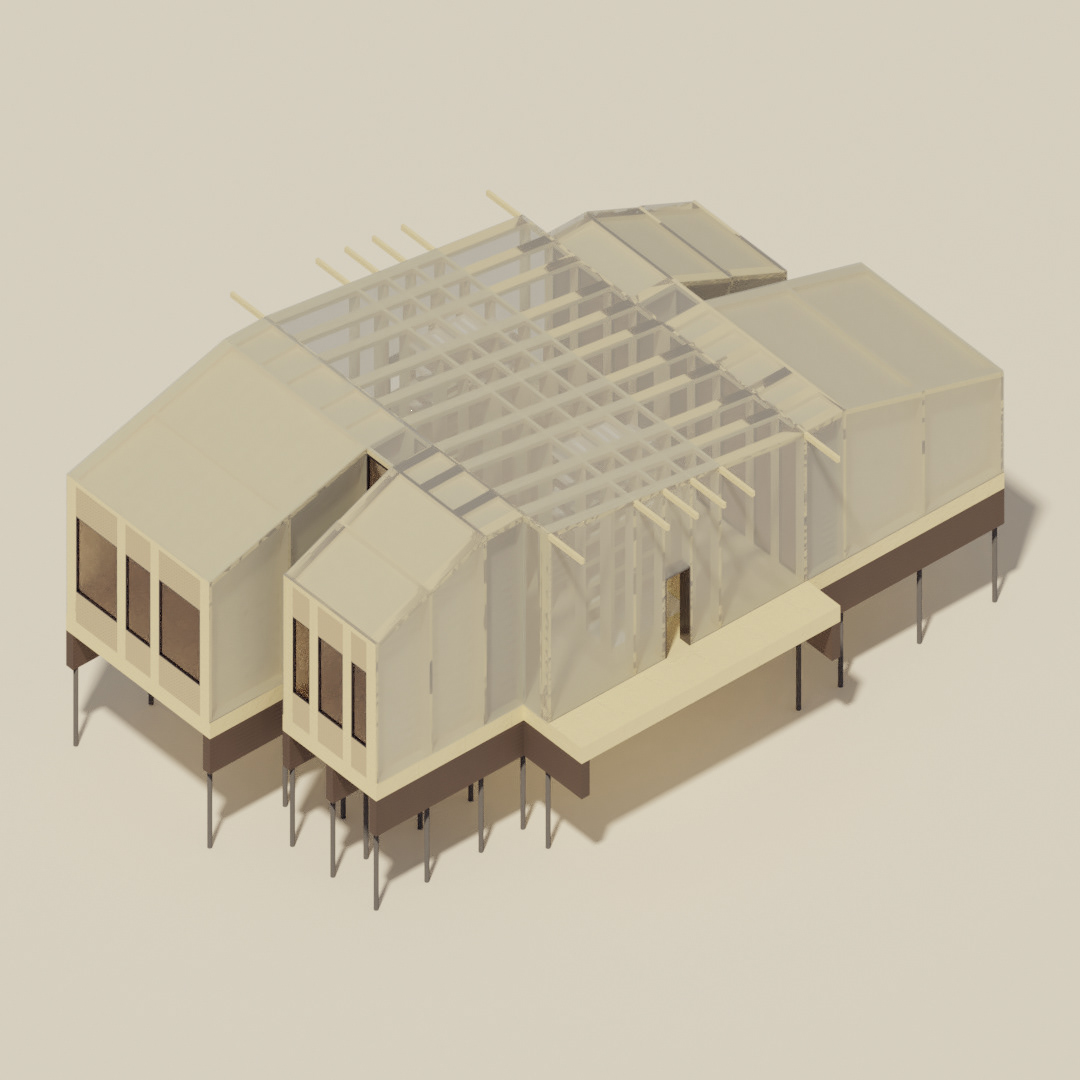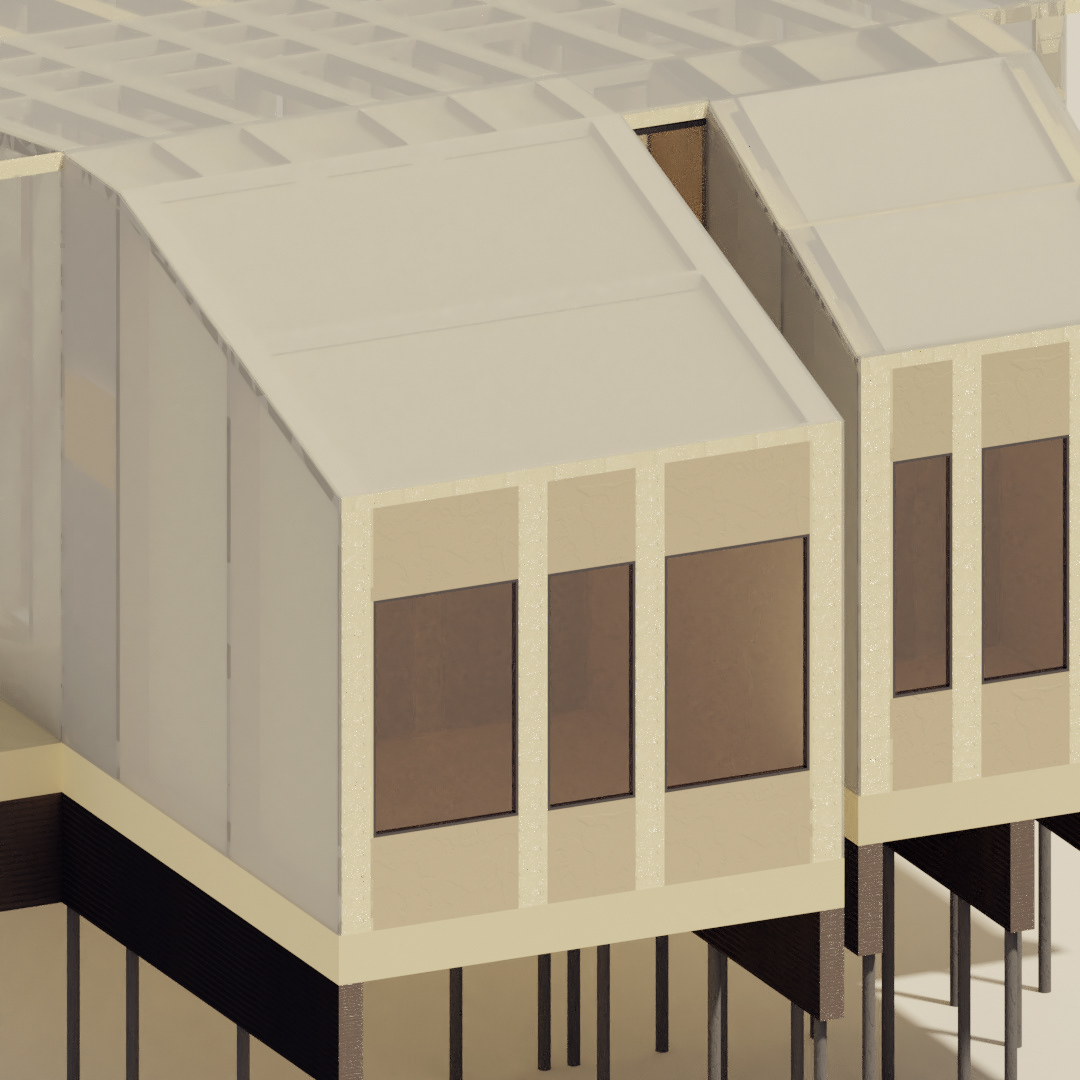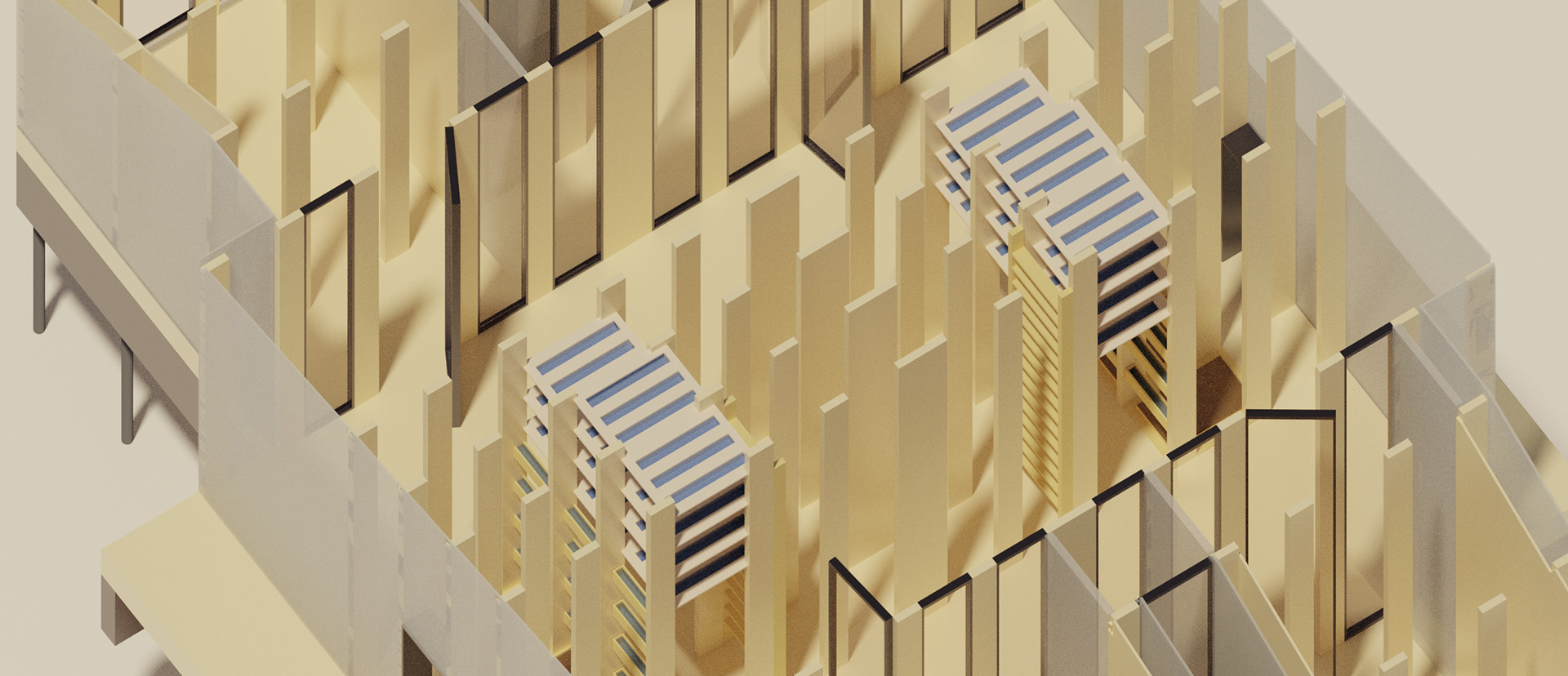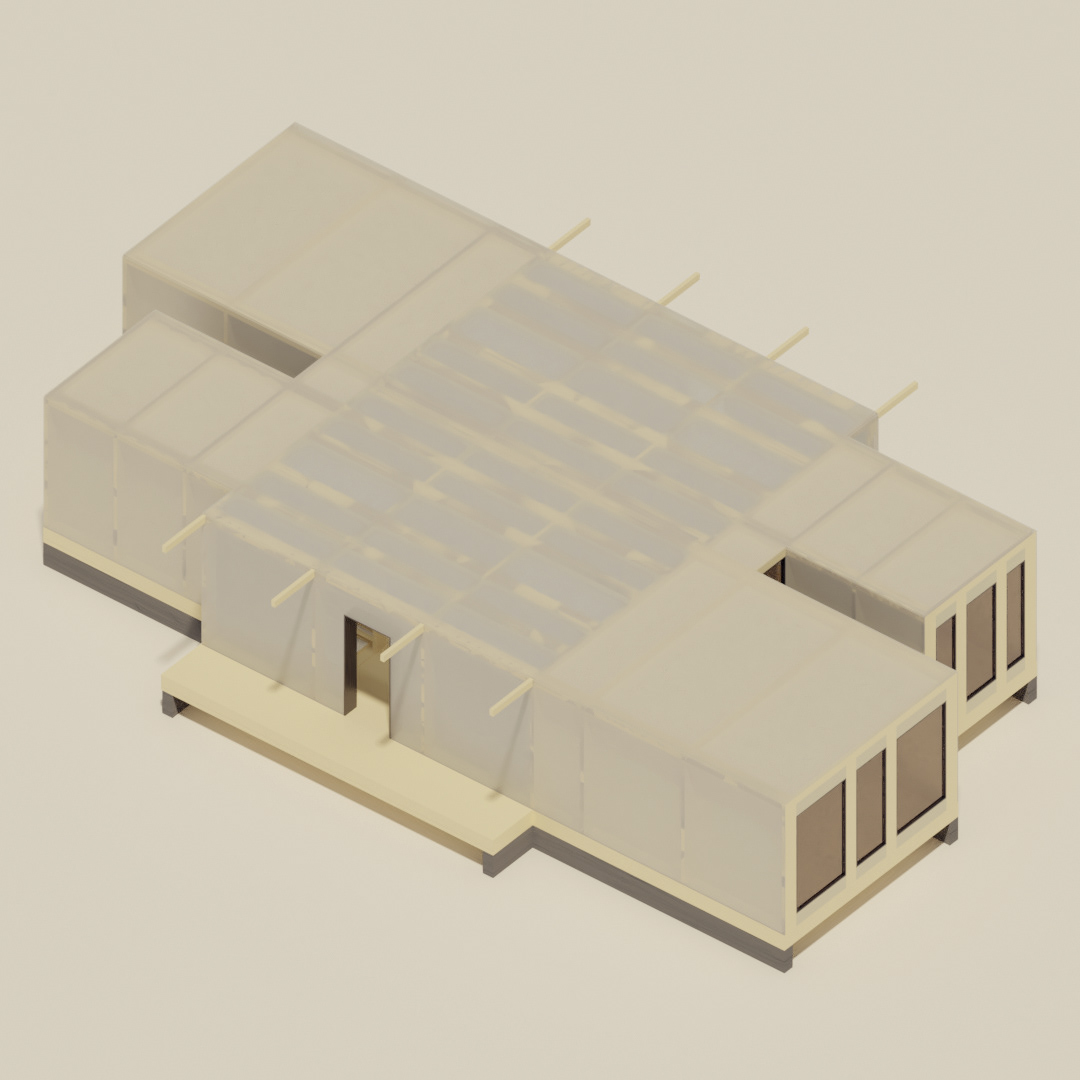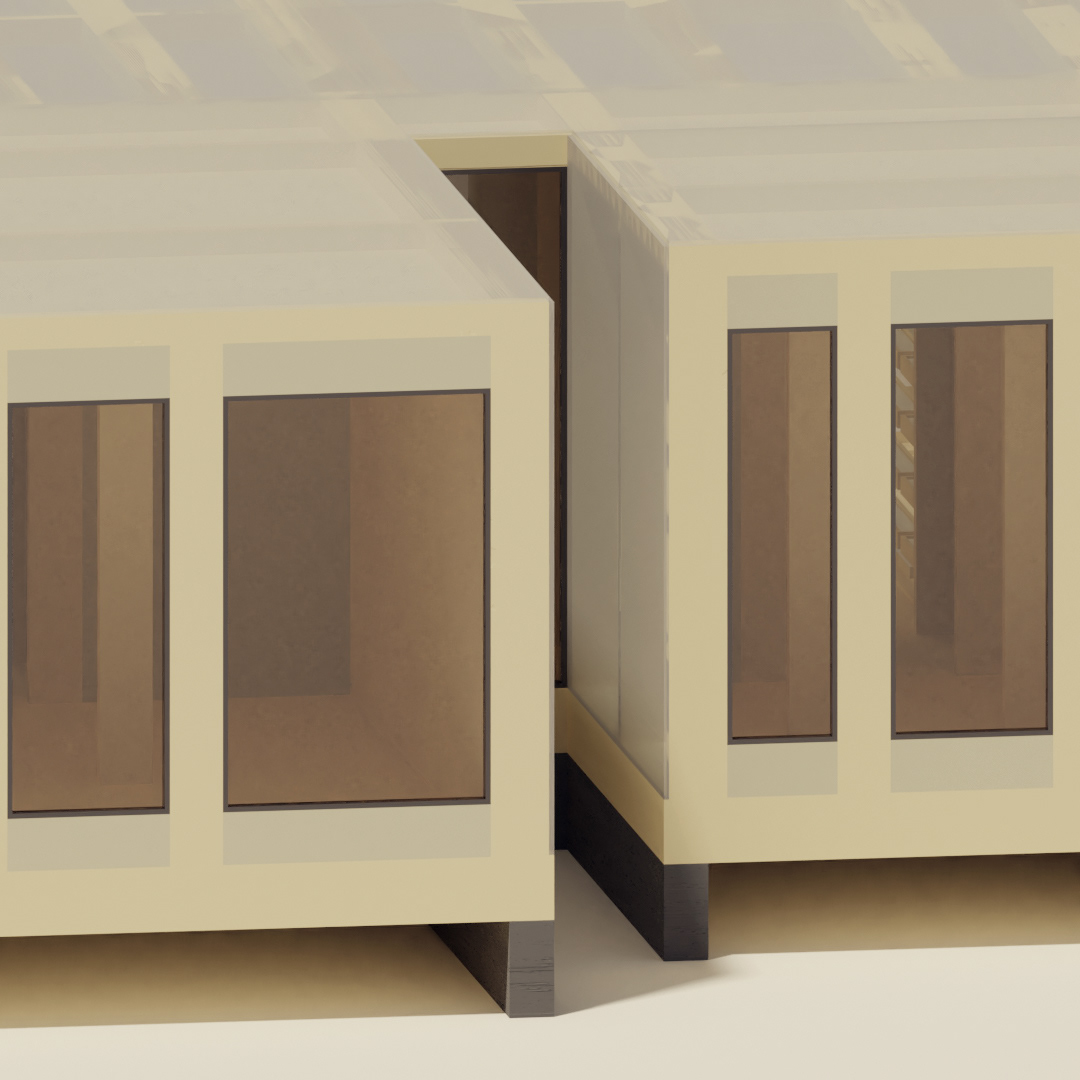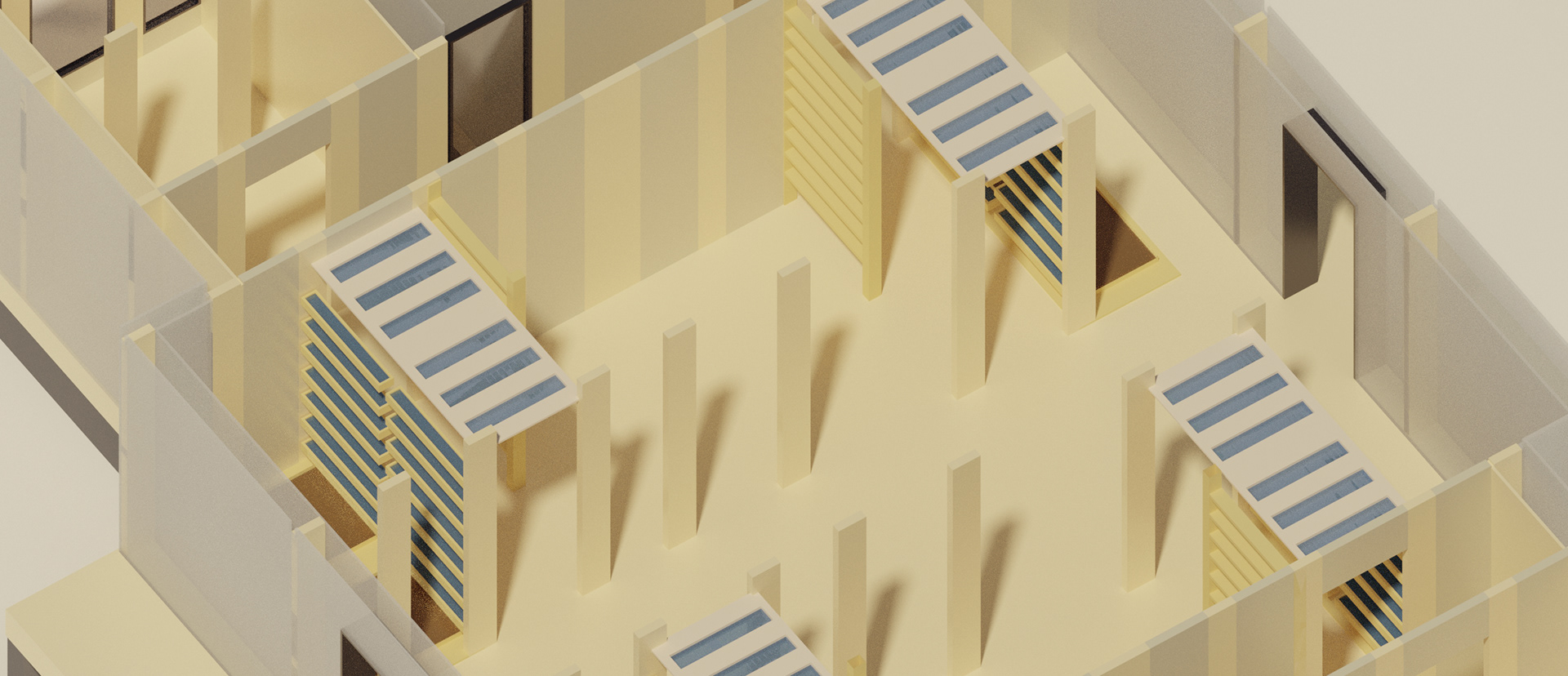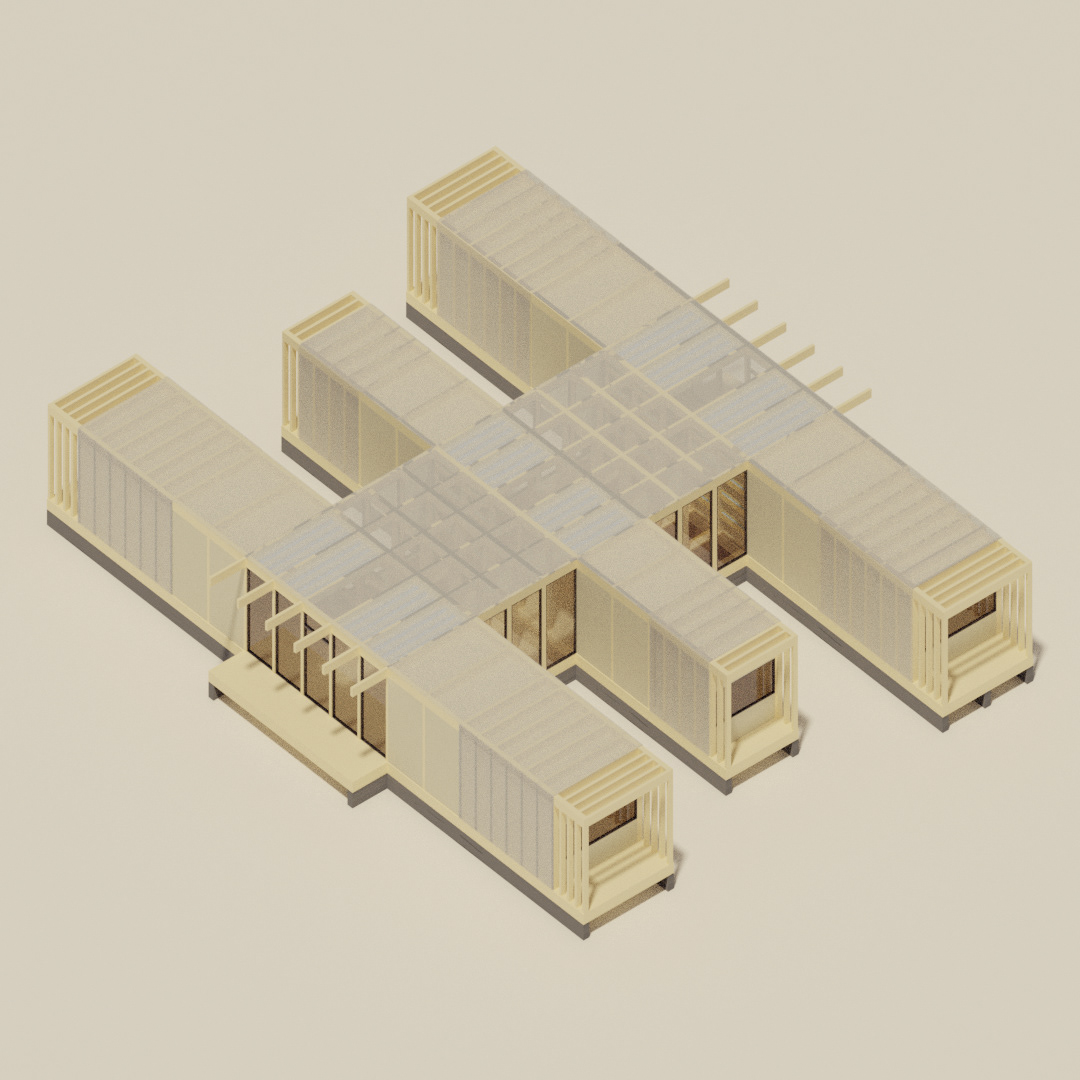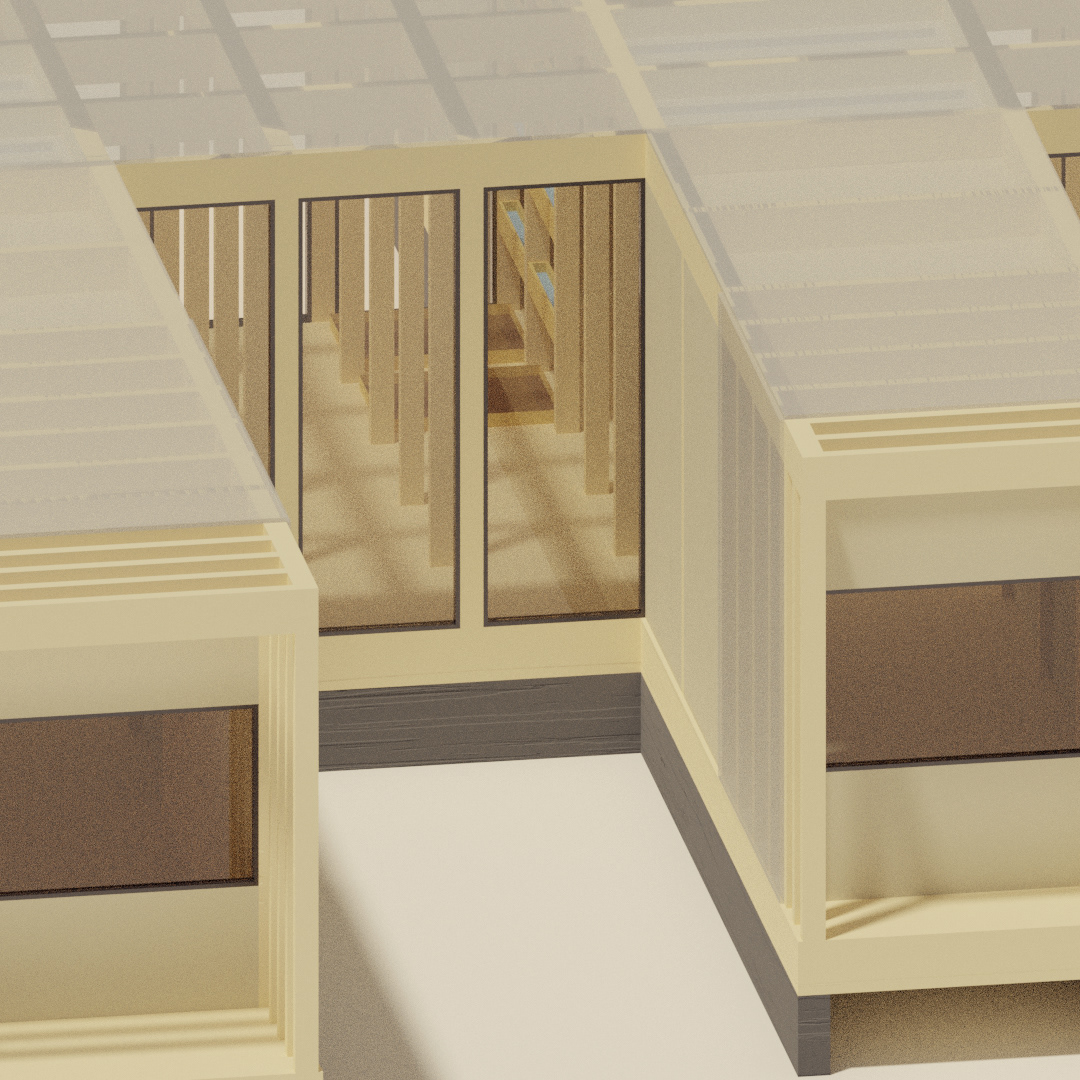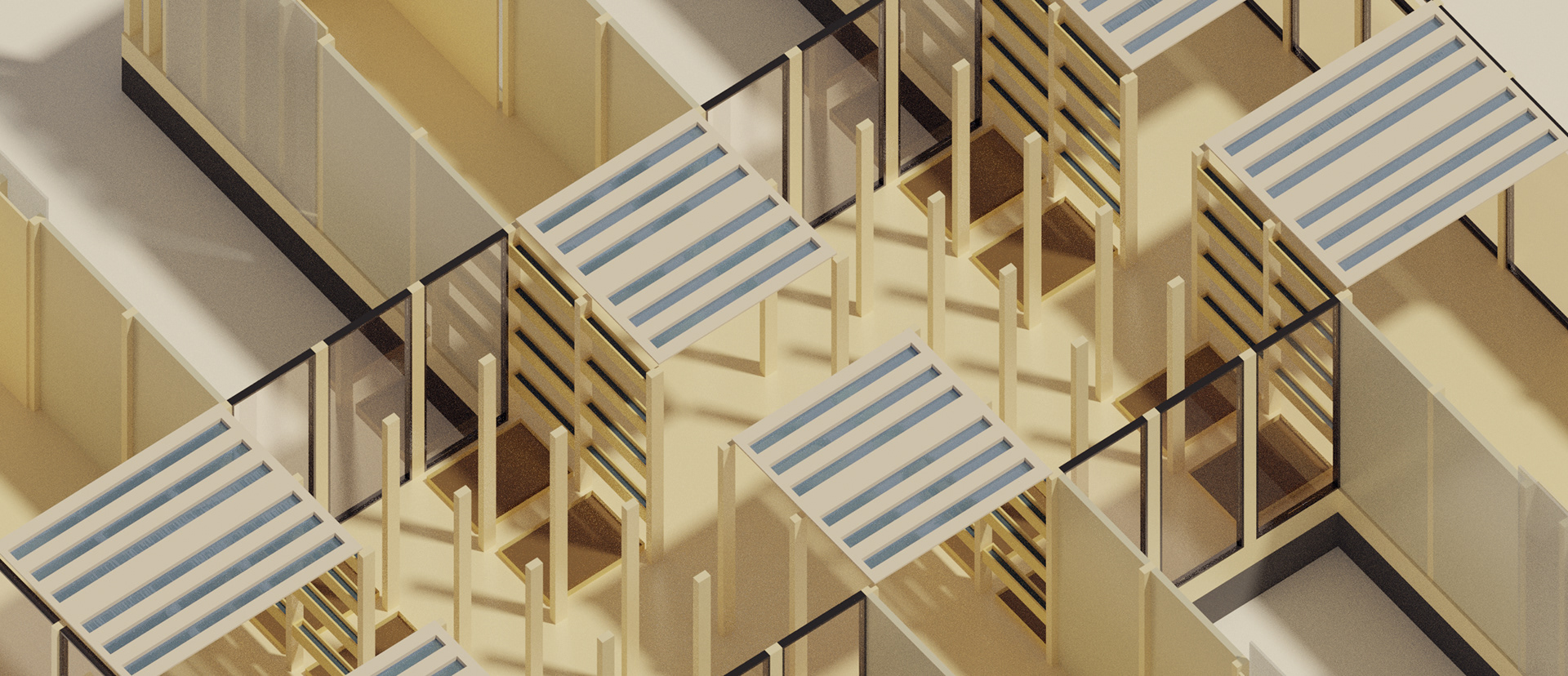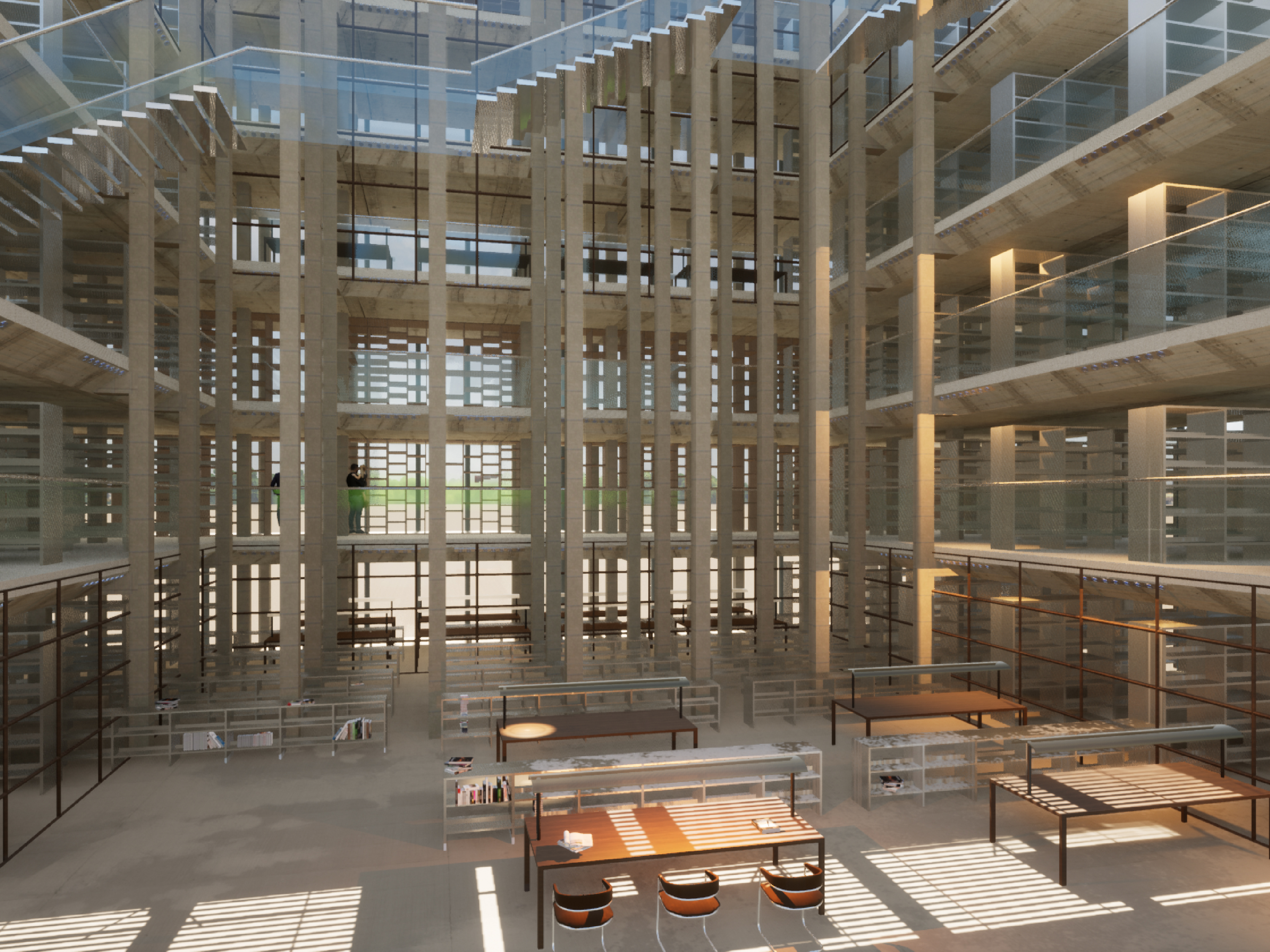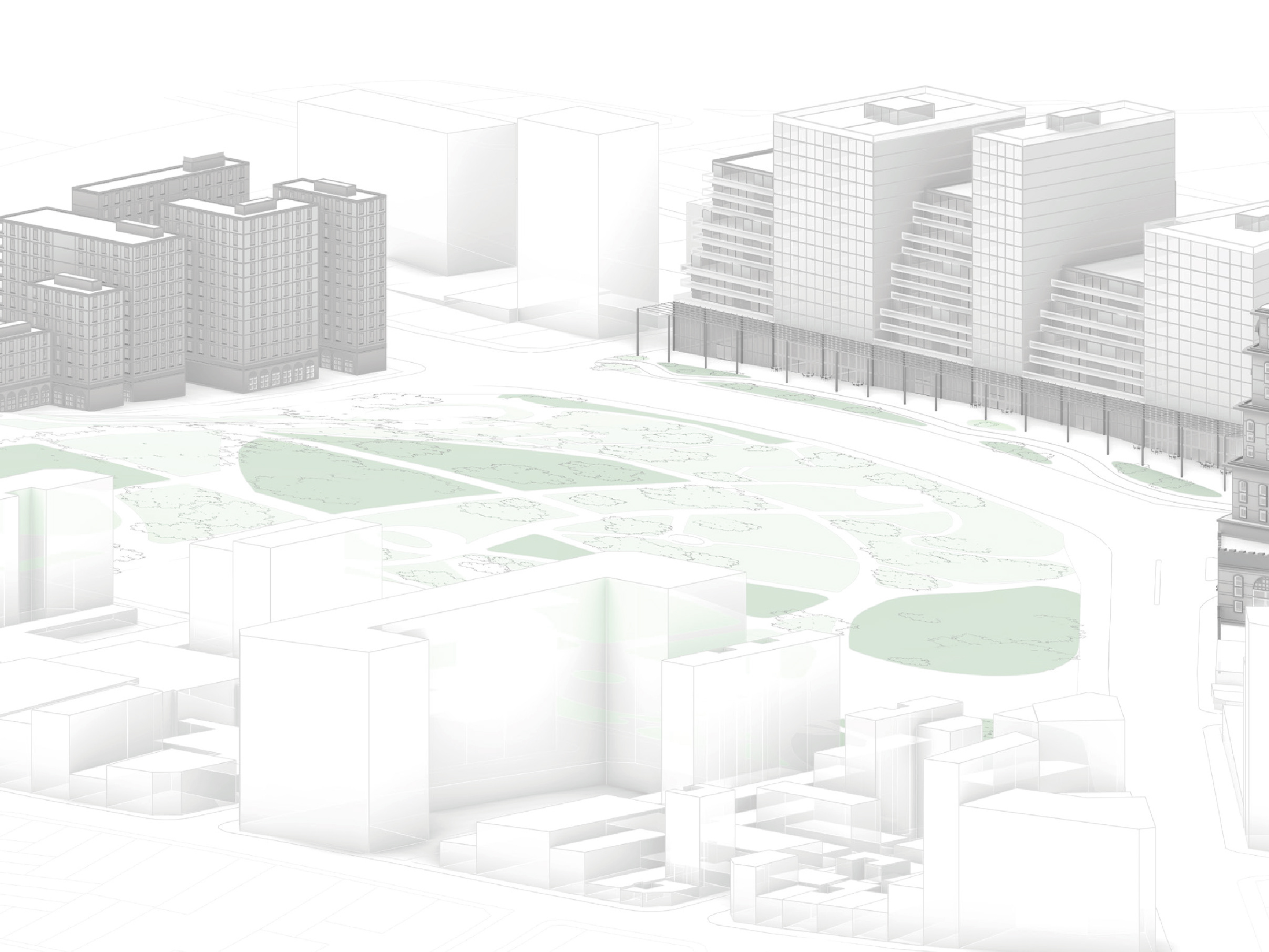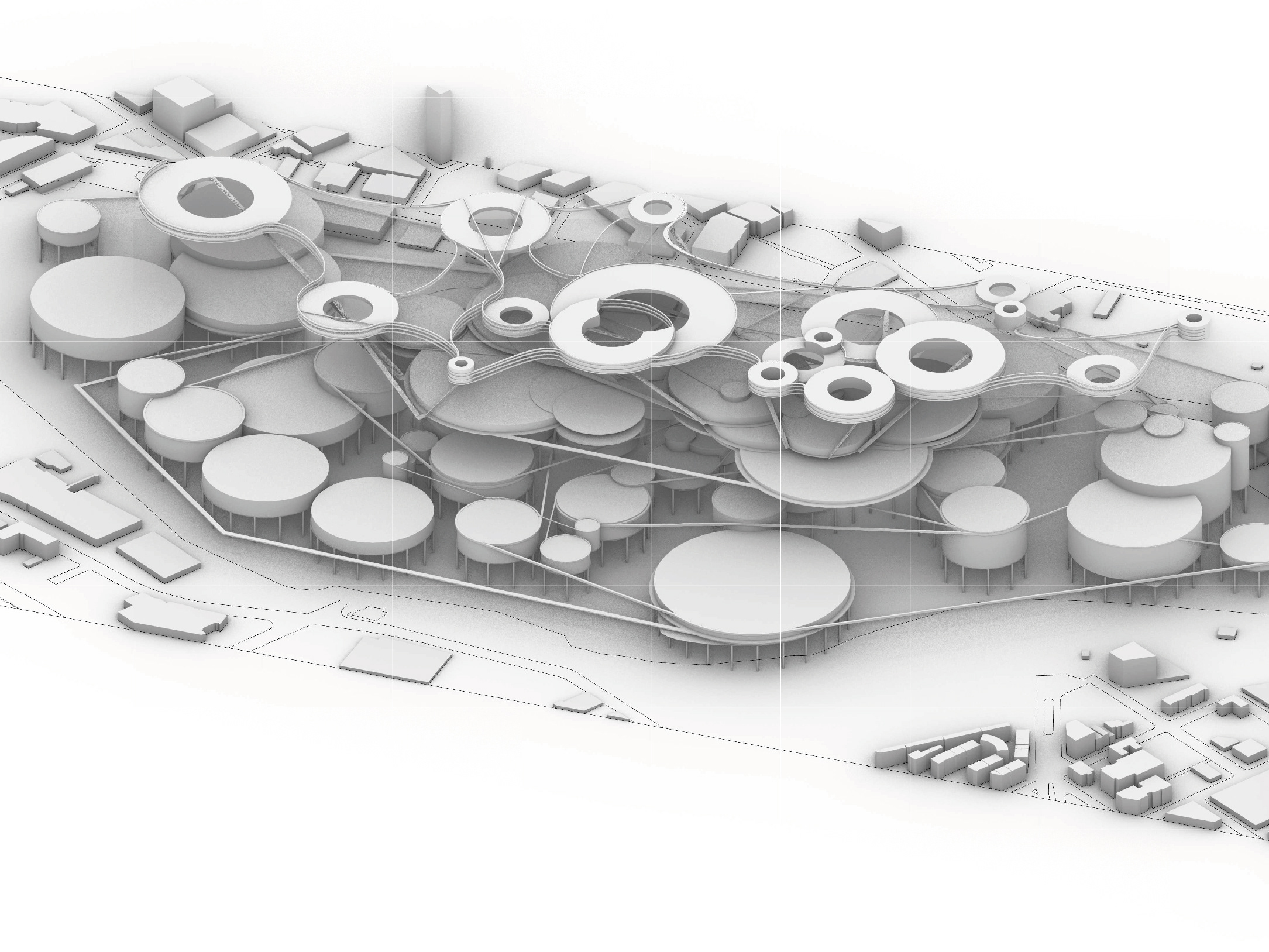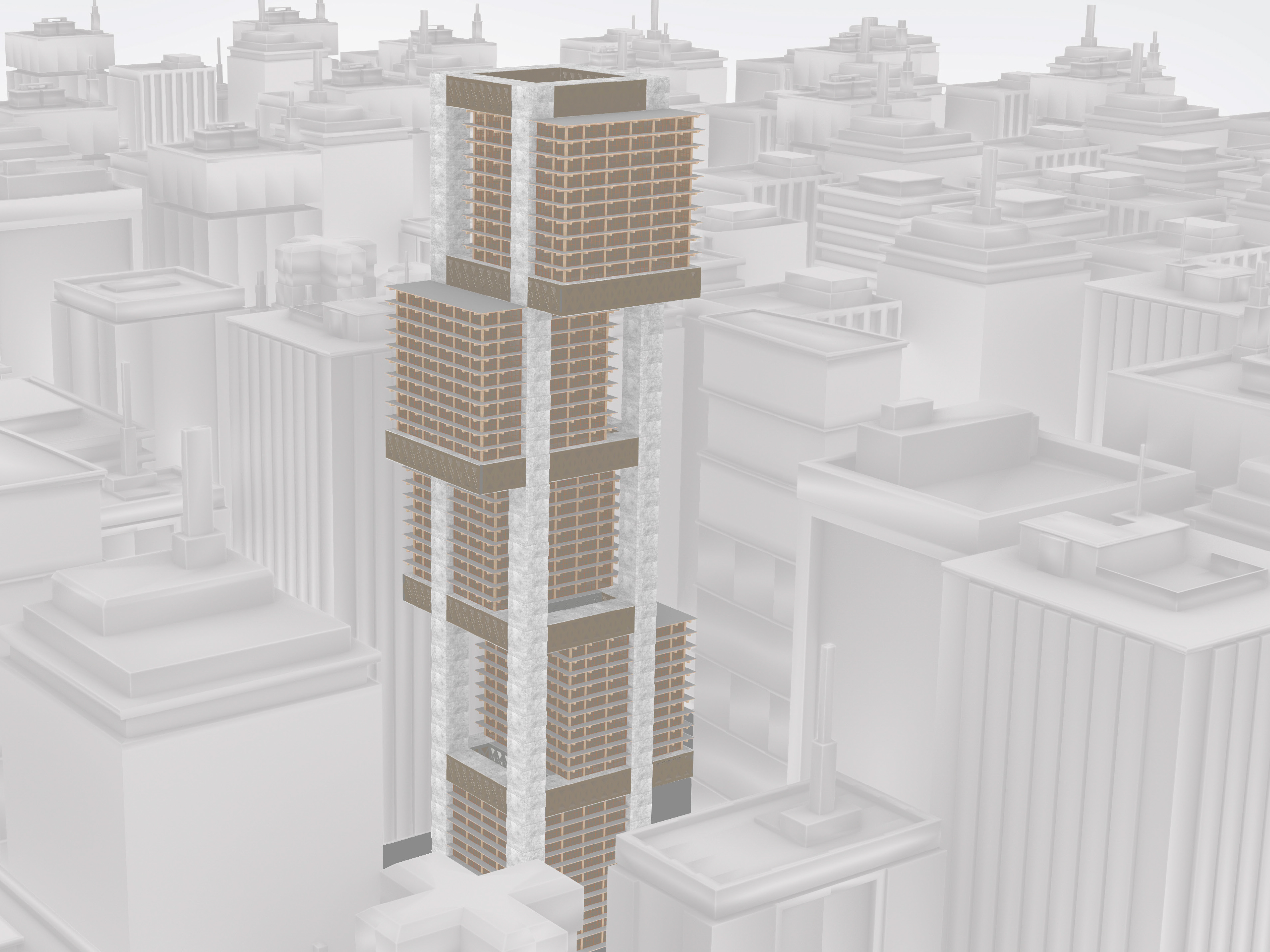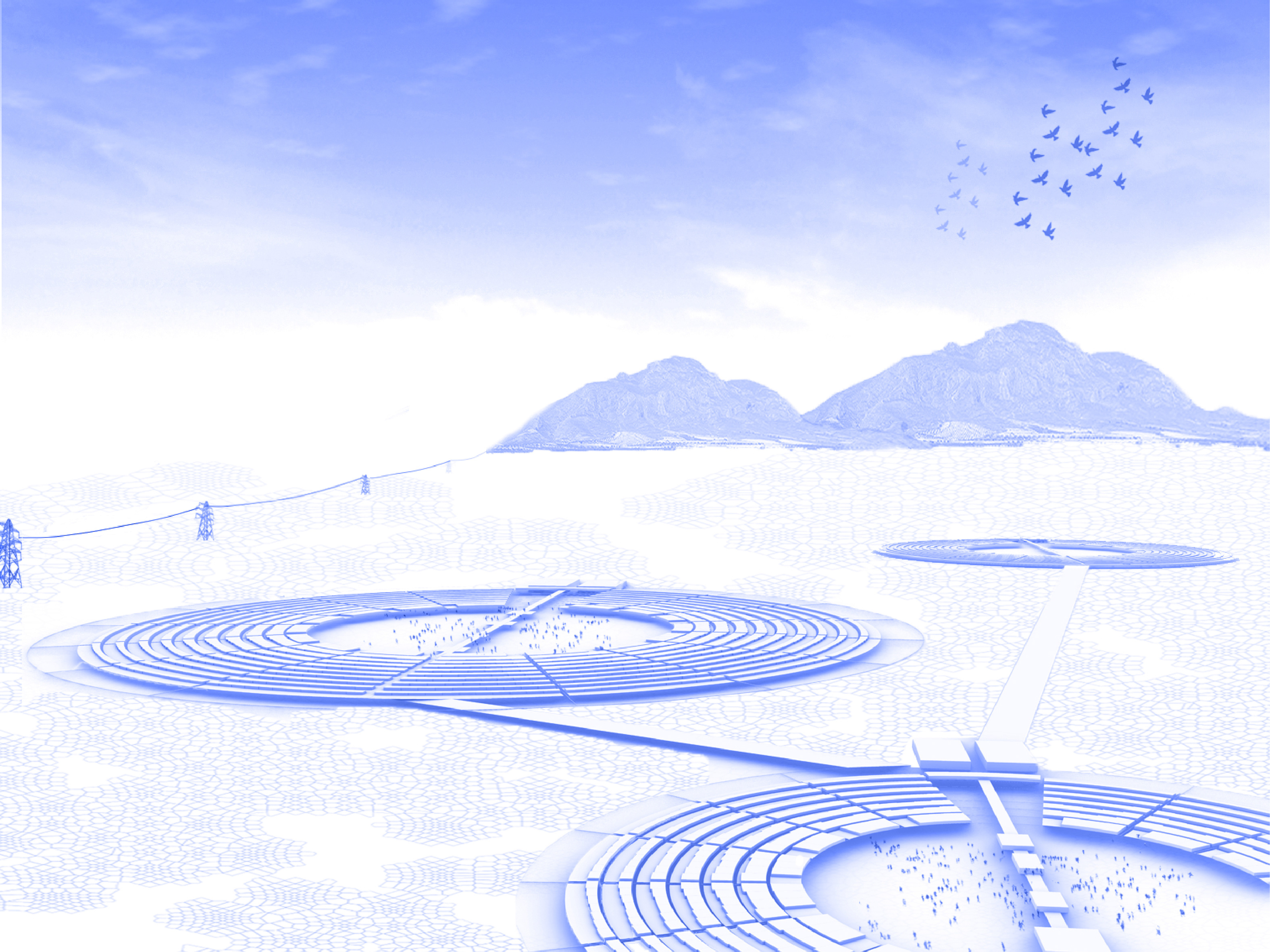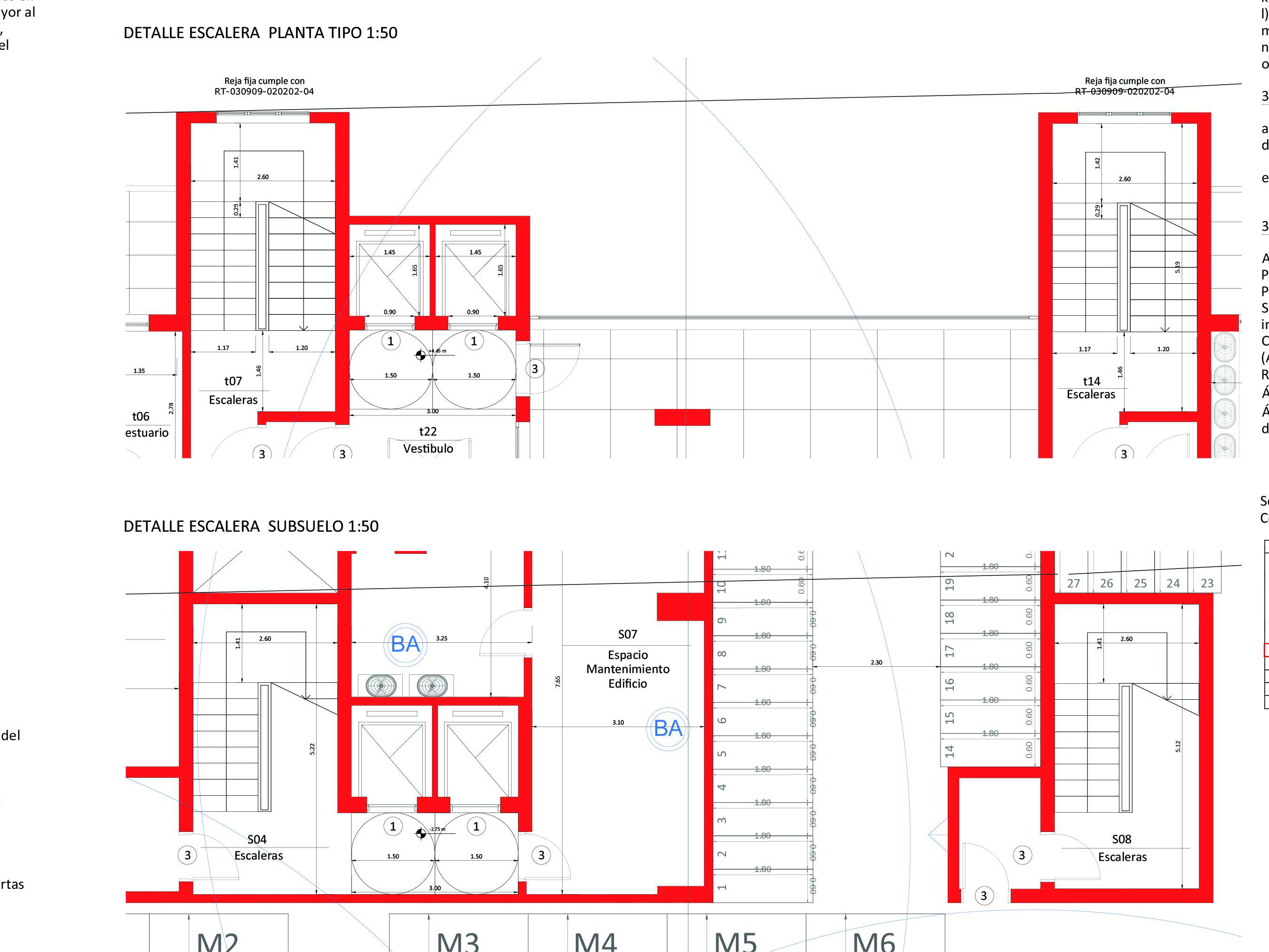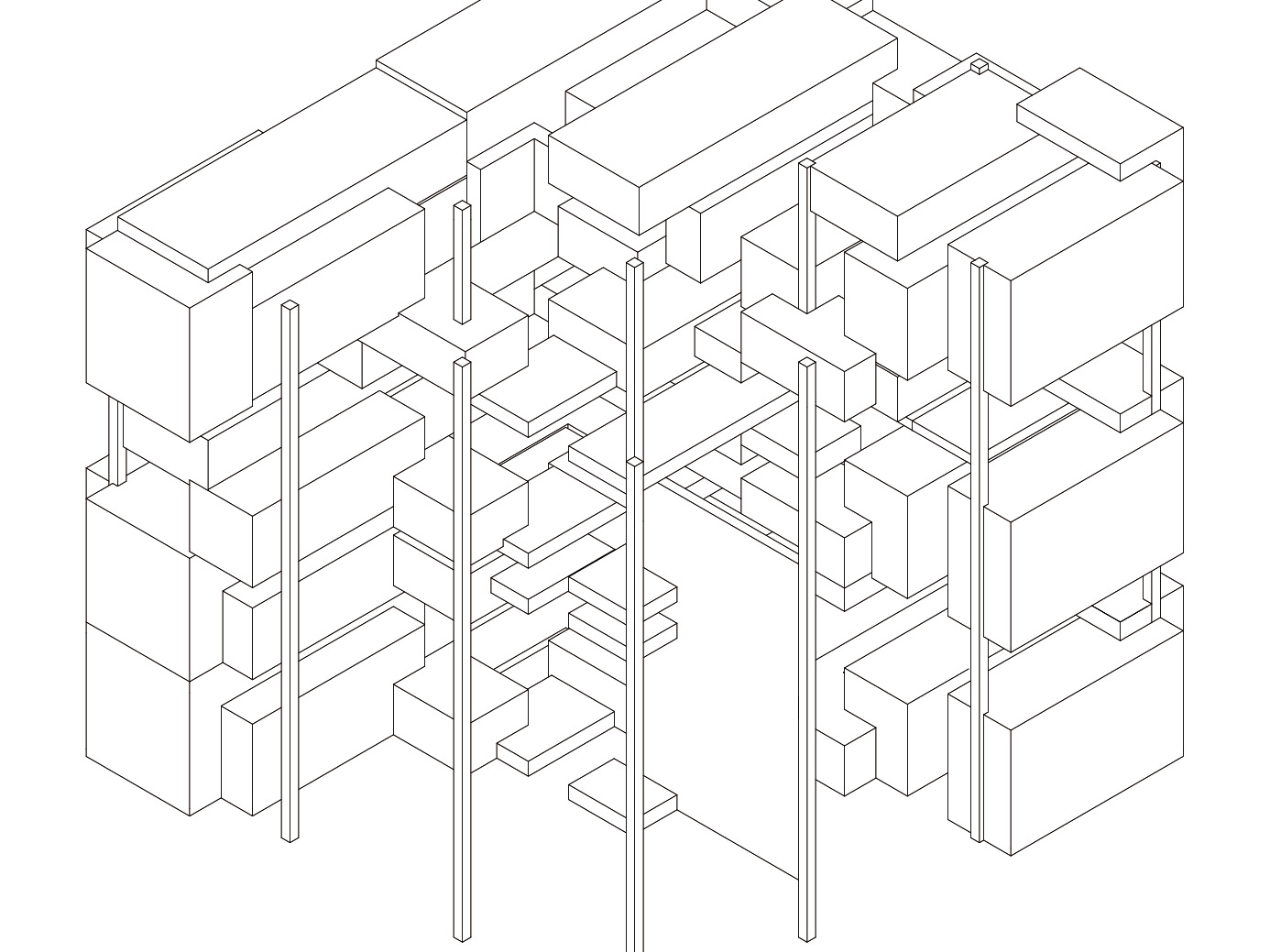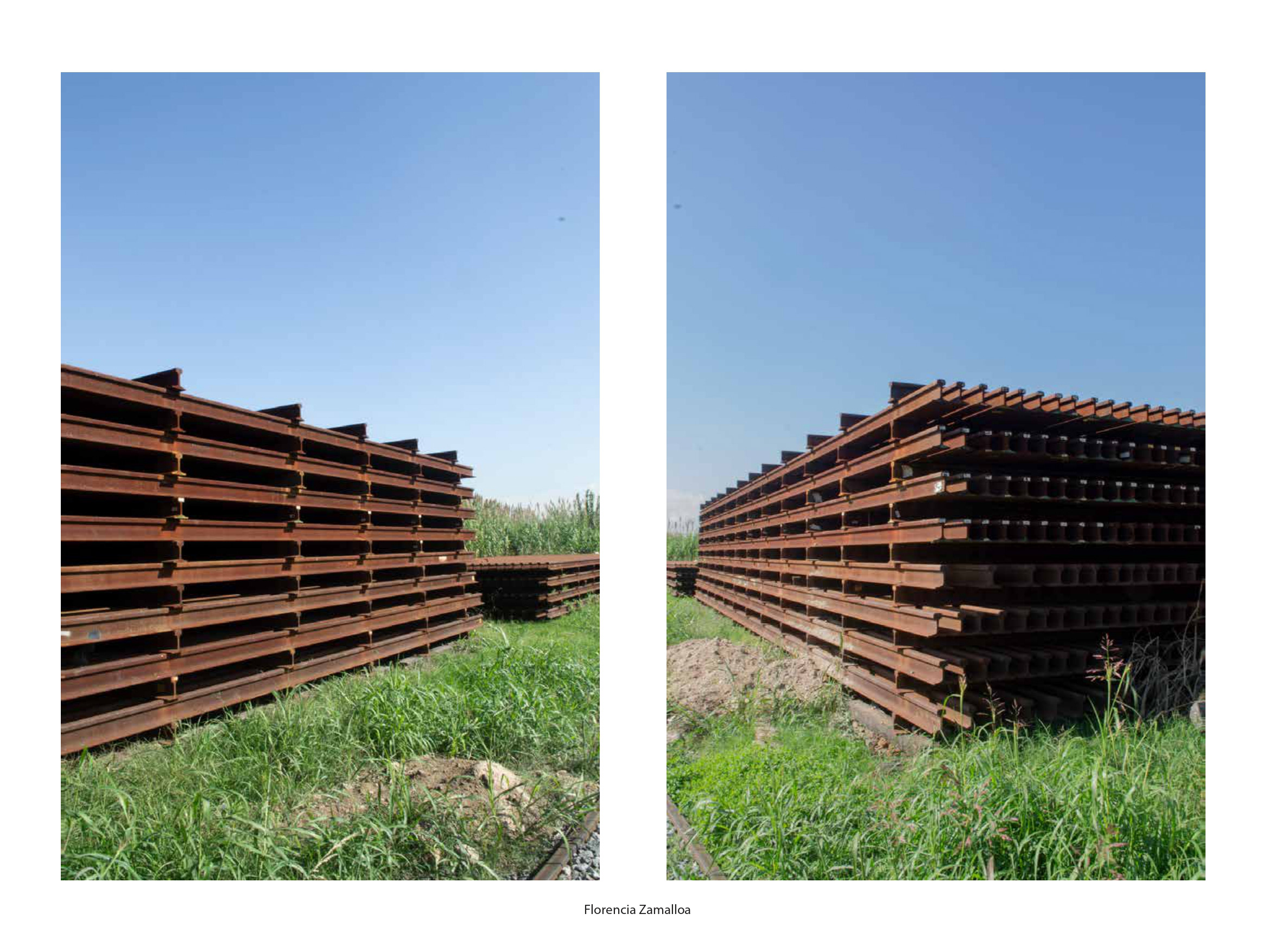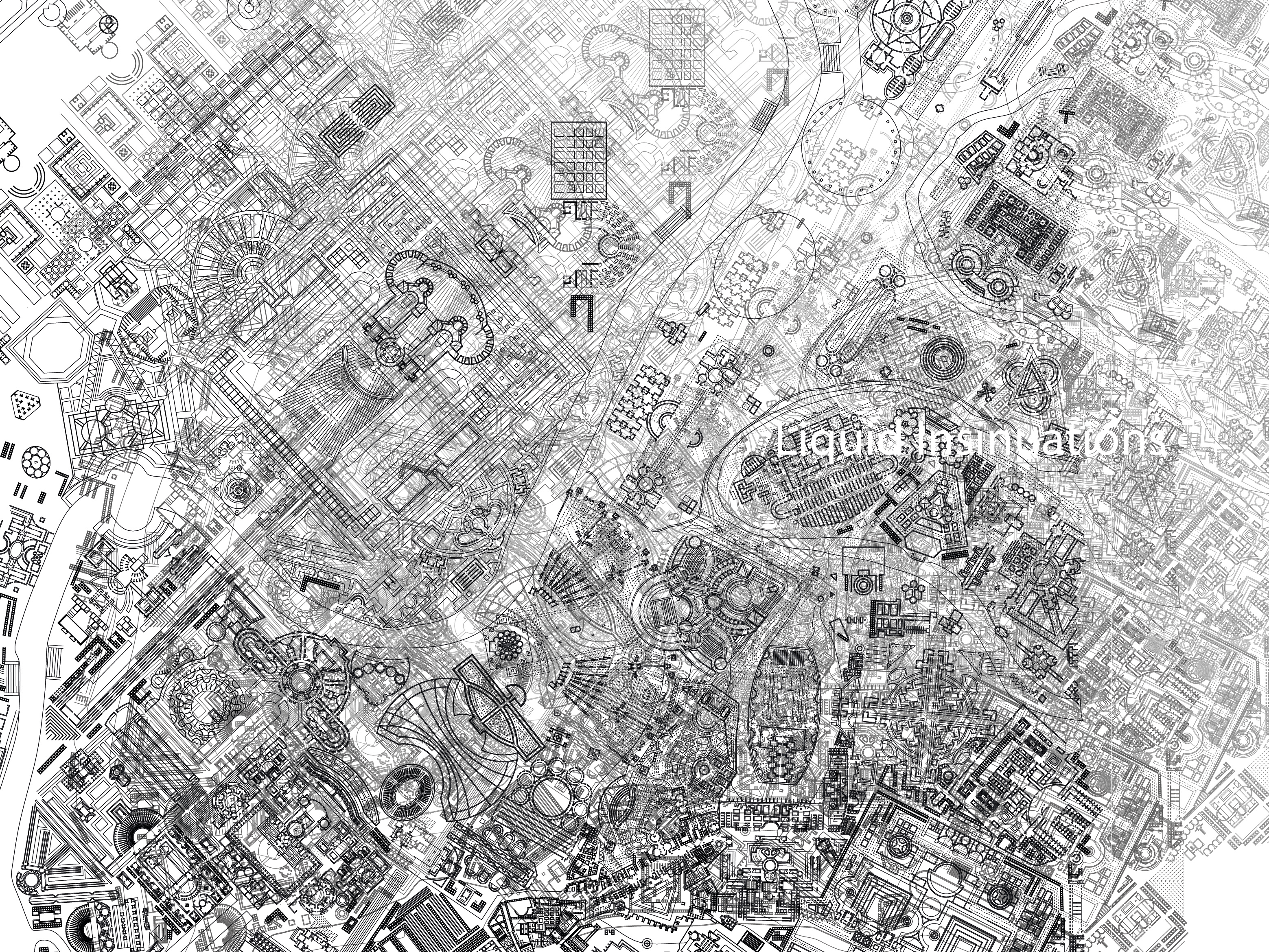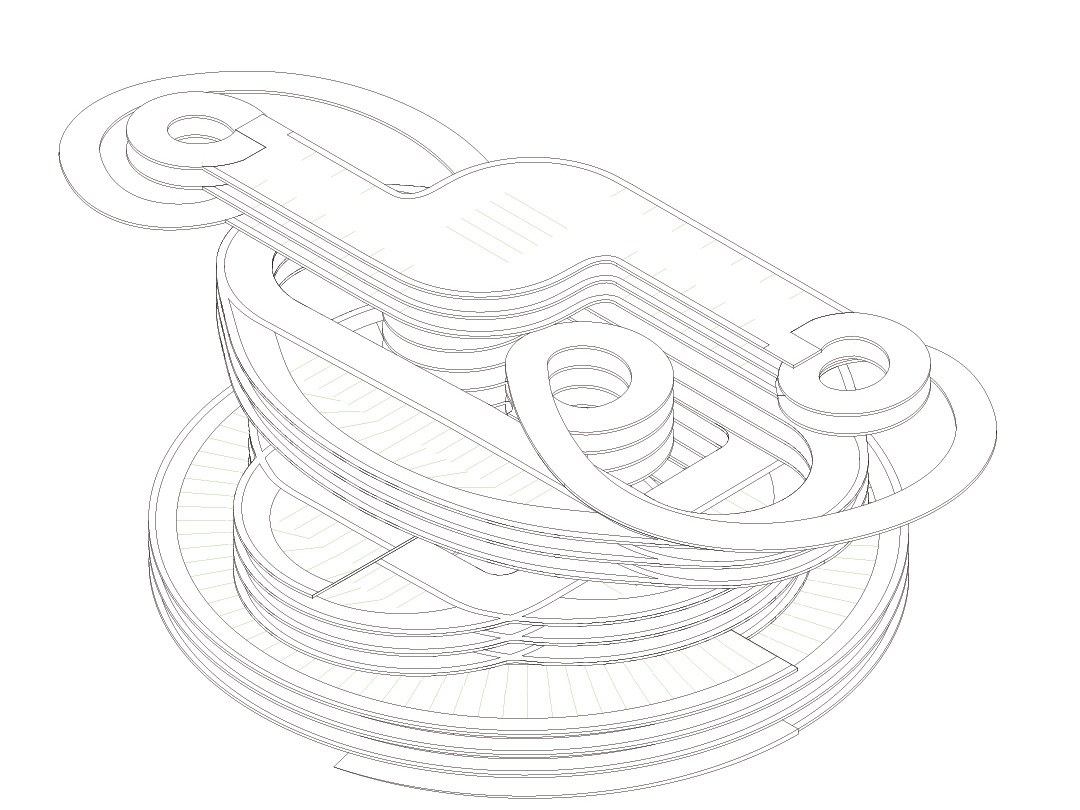“(…) Many people try to change the nature of people, but it is really a waste of time. You can notchange the nature of people; what you can do is change the instruments they use, change the techniques. Then,you will change civilization.”Phrase awarded to Stewart Brand. Baricco, Alessandro; The Game; Barcelona: Anagram; 2018, p. 112.The Architect: (…) As you are undoubtedly gathering, the anomaly is systemic, creating fluctuations in even the most simplisticequations.Neo: Choice. The problem is choice.The Architect: The first matrix I designed was quite naturally perfect, it was a work of art, flawless, sublime. A triumph equaledonly by its monumental failure.
The inevitability of its doom is as apparent to me now as a consequence of the imperfectioninherent in every human being (…)Excerpt from the movie “Matrix Reloaded”, 2003“(…)defb 'The technology us'defb 'sell with labels'defb ‘what do they tell us for what’defb ‘use it, ‘defb ‘all that is a lie.’defb 'technology is sun'defb 'or a tool, and'defb ‘you have to know how to give it’defb 'return, and use it from'defb ‘other side. (…)”Fragment of the manifesto of the hacker group HBO (Haked By Owls), Buenos Aires, 1994The systematization of architecture and computer-assisted design and modeling are presented as the germ of aovercoming the models of production and industry that dominated the 20th century, to which are added the increasingly presenthabitat control and monitoring systems. Faced with these new modernities, the discipline of architecture faces -aonce again - to the problem of interpreting its link with technology, trying to find a new synthesis.Simultaneously, the role of the architect as designer and coordinator of a work, enters a crisis due to the complexityof the projects and the dissemination of decision-making in new specialists, taking the practice to forms anddiverse, hybrid and horizontal methodologies.
Among these practices, inspired by countercultural movements,such as open source platforms and in the hacker culture, open, collective and digital organizationswho seek to operate in the interstices and voids of the system, a place from which one can begin to build a realitydifferent, turning the tools and using them “on the other side”; putting the knowledge - and specifically thetechnology - at the service of the citizen, while modeling new forms of civilization.This Advanced Technologies course aims to study architecture and its systems (construction, regulation, use)through an exercise in which, starting from a generic function premise, modular prototypes are developed andcustomizable, referenced in the new professional practices.
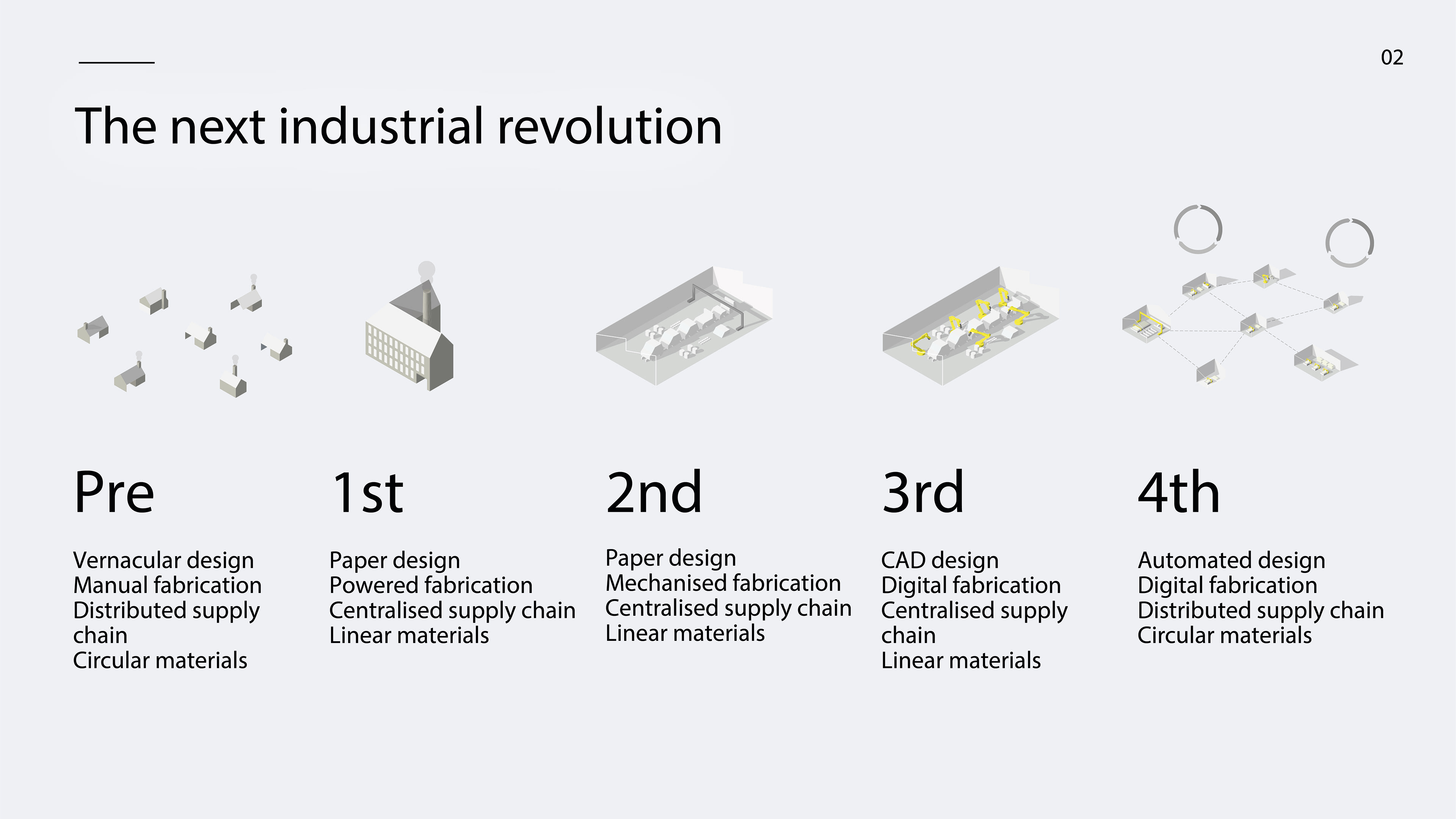
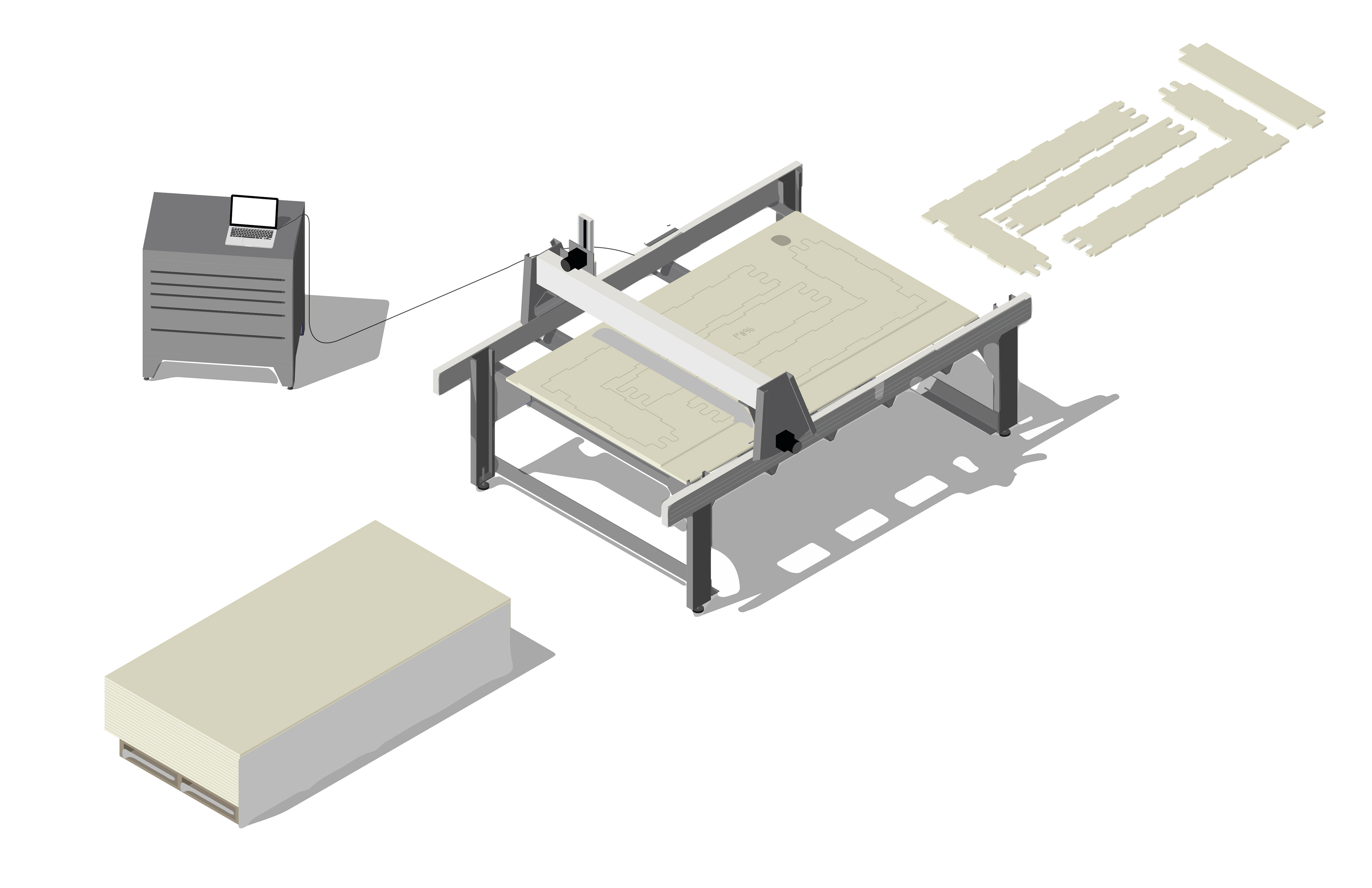
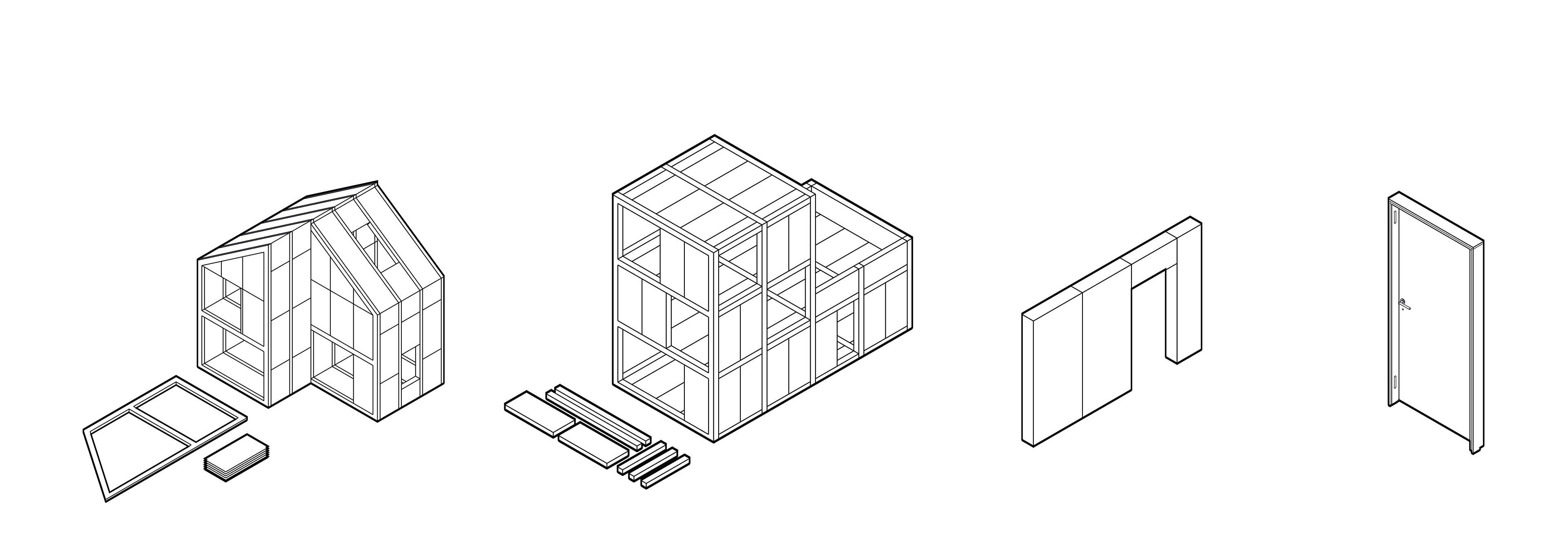
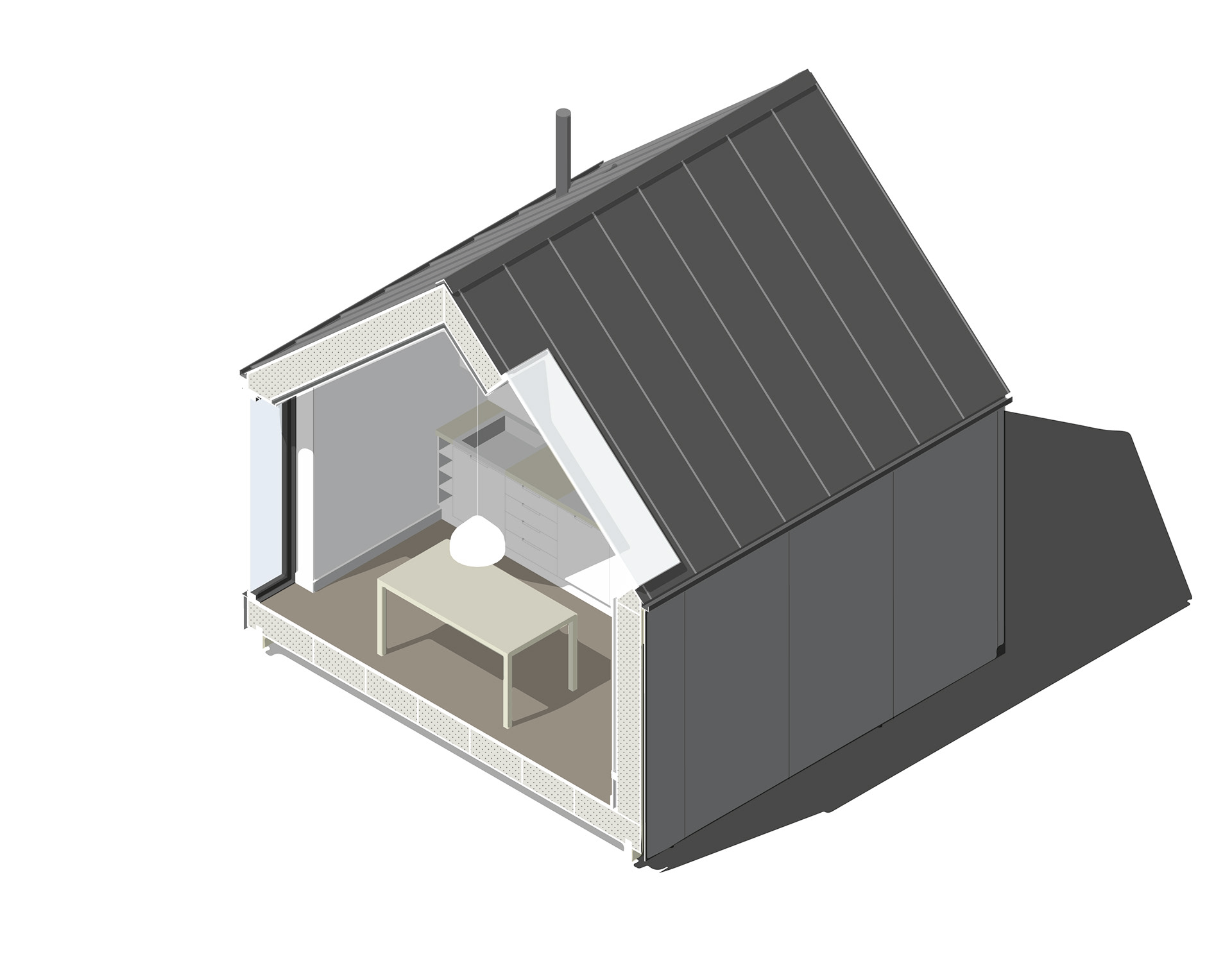

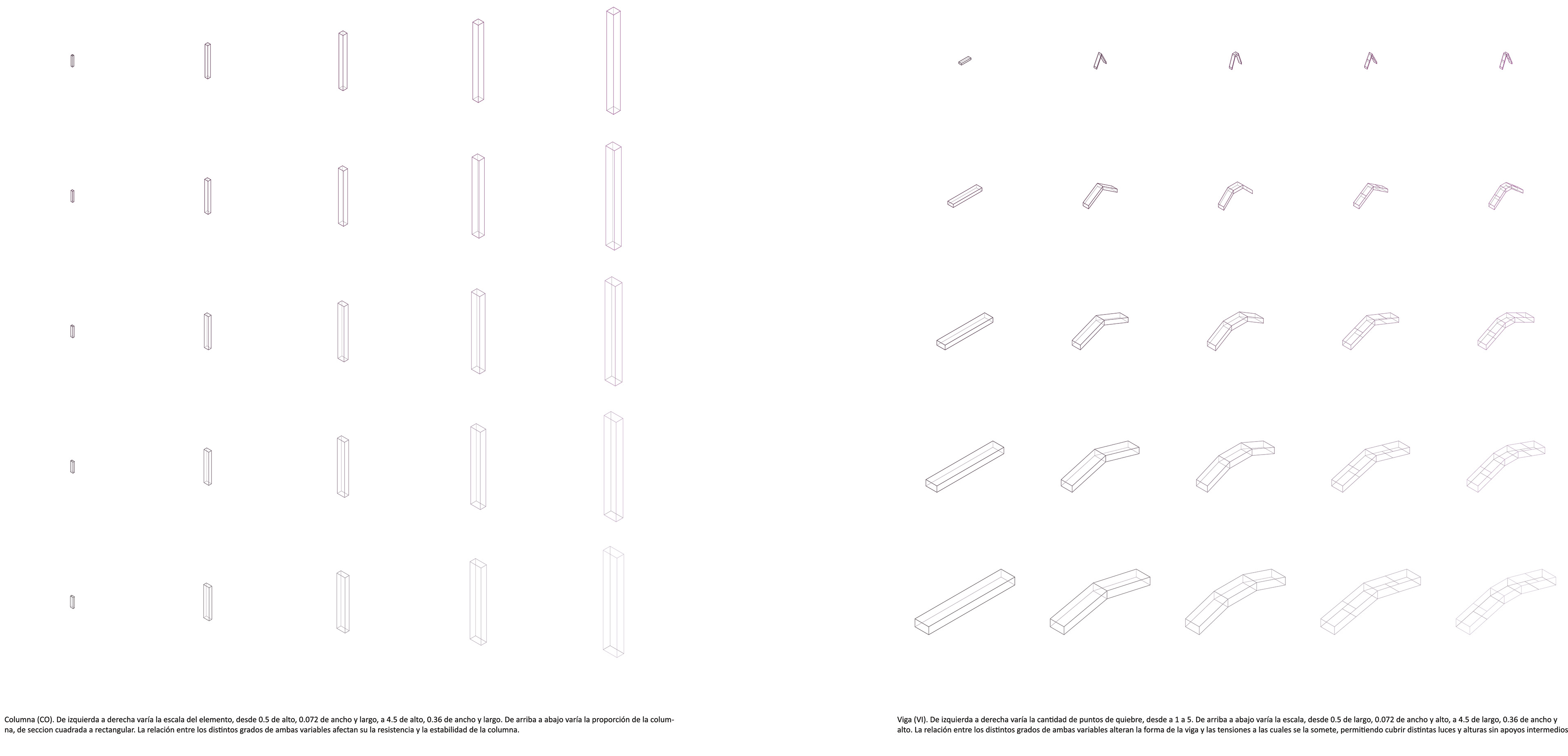



WikiHouse is a digital fabrication building system. Their goal is to make it easy for anyone to design, build, and assemble high-performance, adaptable homes.The materials are guaranteed for 60 years, which is the minimum design life for new houses, but if kept dry and safe from insect attack, there's no reason why a WikiHouse structure shouldn't last much longer than this. Wood framed houses are extremely robust and can last for even centuries.Dimensionally strong, easy to cut, lightweight, and capable of creating an effective barrier, plywood is a material made from thin layers or "pleats" of wood veneer that are glued together with adjacent layers and other panels. Engineered materials such as OSB and MDF are ubiquitous, particularly for their use in creating the high-performance houses carried out by WikiHouse.
Assembly
Each unique design can be quickly assembled as a great IKEA kit, even by hobbyists. In addition, the construction of the WikiHouse structures requires no special parts because the CNC-cut pieces of wood are joined with wedge-and-pin connections that allow the components to be simply snap-together.Once the board fins are printed or cut, the structure fits together like a giant puzzle. Without the need for power tools, builders simply lay out the parts for each section before screwing the layers together to create individual sections. The sections are then placed vertically before primary connectors are inserted between the sections to stabilize the structure. This is all accomplished using wooden dowels and a mallet provided. Once all of the secondary connectors are in place, the outer skin panels are screwed into position. The structure is then ready for insulation, cladding, sealing and wiring.
Isulation
The Wikihouse has the possibility of becoming airtight and waterproof through the use of Tyvek waterproofing, which is a completely synthetic material made of high-density polyethylene fibers that are attached through a process to obtain a non-woven fabric. Lightweight, durable and breathable, resistant to water, abrasion, the penetration of bacteria and the passage of time. This type of insulation is ideal for the exterior surfaces of homes. In turn, as thermal insulation for the interior of the Wikihouse, expanded polyethylene can be used between the wooden assemblies.Once the models have been correctly isolated, we proceed to the coating. Generally, corrugated galvanized sheet metal is used, as well as fiber cement panels, such as Equitone. It is a material that can be drilled, milled or printed.
Foundations
WikiHouse can work with any type of foundation, as long as they are built accurately enough or can be adjusted. It can also work on sloping ground. You will need a structural engineer to lay out the foundation for your site. It is highly recommended to have foundations and service connection points installed in advance.
